The moment Newcastle United’s cup victory was sealed, I couldn’t contain my excitement at the thought of celebrating it with the team on an open-top bus parade through the city. I could already picture it so clearly in my mind: the vibrant, jubilant crowd lining the streets, waving flags, and singing anthems. The perfect shot was waiting for me — the bus passing through the heart of Newcastle, with the sun shining down on the sea of black and white, and the players beaming with pride. The energy in the air was electric, a blend of joy and triumph, as if the whole city was alive with the thrill of victory. It was the moment I’d dreamed of, and when it finally came, it exceeded every expectation.
Below is the imagine I had imagined, and though many a bairn on their dads shoulders threatened to stop me, I persevered and captured it!
Feel free to download for your own personal use, not for financial gain. If anyone asks where you got it, please give me a shout, or tag me @ImagesByBH
Click here to view the full size version (and download!)
Capturing the Common Kingfisher: A Photographer’s Journey with the Canon EOS R7 and 1D Mark IV
Photographing the elusive common kingfisher (Alcedo atthis) is always an exciting challenge. This small, vibrant bird, with its striking blue and orange plumage, can be a tough subject to capture in the wild, especially when you’re working with the unpredictable British weather. I had the pleasure of attempting to photograph this magnificent bird on a recent outing, armed with my Canon EOS R7 and Canon 1D Mark IV, both of which helped me navigate the challenges thrown at me by the elements.
The Kingfisher's Elusiveness
The common kingfisher is known for its lightning-fast movements, making it difficult to photograph. These birds often dart through the air in search of fish, making split-second dives that demand quick reflexes and excellent timing from the photographer. Kingfishers are solitary and territorial, so spotting one can be a rare event. When you do get a glimpse, it’s easy to be mesmerized by their beauty, but it takes patience and skill to capture that beauty on camera.
The British Weather: A Constant Challenge
The first challenge I encountered was the ever-changing British weather. As many photographers will attest, light can be a fickle friend, especially when shooting in the UK. On this day, the sky was overcast, with sporadic breaks in the clouds that played havoc with my exposure settings. The diffuse light meant there was a lack of contrast, and the bird’s vivid colours seemed to disappear against the muted backdrop.
With 20 years of experience behind the lens, I knew that such conditions required careful management of both camera settings and composition. I turned to my Canon EOS R7, with its superb autofocus system, to help track the kingfisher’s rapid movements. Despite the cloudy sky, I was able to make adjustments to the camera's ISO, aperture, and shutter speed to maintain crisp detail and reduce motion blur.
Overcast days can still provide some beautiful results.
The Canon 1D Mark IV: A Trusted Companion
My Canon 1D Mark IV, though slightly older, remains a workhorse for bird photography. The fast burst rate and robust autofocus capabilities of this camera helped me capture the kingfisher mid-flight. However, I had to be prepared for the occasional dip in lighting, especially when the clouds thickened. I would often dial down the aperture to allow more light and increase the ISO to compensate for the lower ambient light.
The kingfisher’s sharp movements meant that every second counted, so I relied heavily on my knowledge of the bird's behaviour to anticipate its next move. The 1D Mark IV’s responsiveness allowed me to capture the bird just as it dived into the water, a split-second moment that’s easy to miss.
Overcoming the Light Challenges
Overcoming the challenges presented by the light was key to making the most of the situation. With a bit of experience and the right tools, I was able to make sure the bird’s striking colours were captured, even under changing light conditions, one moment it’s dull and overcast and then the next it’s glorious sunshine. Using spot metering allowed me to expose correctly for the kingfisher, while I adjusted the white balance to bring out its natural hues.
Harsh light did provide some creative opportunities by allowing me to almost completely darken the background
Fun Fact: The common kingfisher hunts by diving into the water to catch its prey. They often hover above the water before diving, a characteristic behaviour that can be fascinating to witness and photograph.
Kingfisher emerging from a successful dive.
A Moment of Stillness
Despite the challenges of the day, I was finally rewarded with a breathtaking shot of the kingfisher perched on a bullrush, surveying the water below. This moment of stillness allowed the colours to pop against the muted background, showcasing the beauty of the bird in a way that was simply magical. The result was a series of images that captured the spirit of this incredible bird in its natural habitat.
A break in the clouds allowed me to capture a male kingfisher perfectly perched upon a bullrush.
In the end, photographing the common kingfisher was not just about the equipment, but the patience, anticipation, and knowledge of the bird's behaviour that I’ve honed over two decades of wildlife photography. The weather, while unpredictable, was something that I had learned to work with, adjusting my settings and approach to make the most of each fleeting moment.
The common kingfisher may be small, but it’s a reminder of the beauty and unpredictability of nature—and the joy that comes from capturing these moments
Kingfisher surveying the water below.
A few close encounters lately
Lately, I've found myself with little time to venture out and photograph wildlife, caught up in a whirlwind of various commitments and issues. However, on those rare occasions when I do manage to escape into nature, I've had some truly amazing experiences. Despite the limited opportunities, I've been fortunate enough to capture some beautiful images that make each outing profoundly rewarding.
I'm aware that my social media updates have been sporadic, as I often get caught up in the moment of capturing the perfect shot and forget to share everything. As a thank you to those who follow my work, I've uploaded a selection of images for free download. If you choose to share these images online, I would greatly appreciate a link back to my social media pages. Thank you for your continued support!
Owls of the short eared variety.
Just a small selection of images I’ve taken of the stunning Short Eared Owls found un upper Teasdale this summer. Please feel free to save and share but please remember either link back to my website or socials!
Short-eared owls are medium sized owls with mottled brown bodies, pale under-wings and yellow eyes. They are commonly seen hunting during the day. In winter, there is an influx of continental birds (from Scandinavia, Russia, Iceland) to northern, eastern, and parts of central southern England, especially around the coast. They are of European conservation concern and so are an Amber List species. - RSPB
Local Owls
As some of you may have noticed, I have a thing for Owls.
So, here are a selection of images I’ve taken locally, full size and full resolution for you to enjoy!
Barn owl in flight
Unexpected close up!
Taking a break during an evening hunt.
Surveying the land before coming out for a hunt.
Long eared Owl taking in the early morning sun
A christmas gift!
Editing my raw files
Below is a before and after of a recent image I took.
Run raw file through DX Pure raw. Noise reduction and import to photoshop
Exposure correction
Layer mask used to adjust background - Levels/curve adjustment
Layer mask used to adjust subject - Level/curves and minor contrast increase
Removal of distractions - Dust spots and a small reed caught on the tail.
There really isn’t much more to it than that. This is a general idea of what my workflow looks like for most of my wildlife images I’ve taken.
I’ll try to make a few more of these and detail my workflow in more depth in the future. I often get asked how I edit my images so I hope this gives you a bit of an idea!
A few local walks
It’s been an unpredictable few weeks in terms of weather on the coast that has dampened my motivation to get out and about as much. I’ve also been on the receiving end of abuse when out photographing wildlife in more populated areas. This was unexpected as it’s a well known local wildlife spot with hundreds of animals there.
However, I’ve found a few local walks that away from the general public and the risk of abuse and I’ve thoroughly enjoyed walking several miles a day carrying my camera and a bit of food. They range between 3-7 miles on average which is great exercise when you’re carrying around a pro build camera and 600mm lens (plus my backup camera and lenses!)
I’ve stuck to the coast for the majority for the time and saw everything from common seagulls to a black tern and 4-5 deer grazing in the fields. There’s signs that autumn has begun and I’m looking forward to photographing the local wildlife in the autumn colours.
I haven’t got many exciting images to share however that hasn’t stopped me from grabbing some cute photos of the locals. I’ll drop them below. It’s been an interesting area to walk and I’ve bumped into some lovely people who took a few minutes (or half an hour!) out of their day to talk to me about what I was doing, what they had seen on their own walks, and what they have in their local areas. Some days this is okay but when I’m having a rough day I put my head down and walk by. So if you ever see me out and about and I don’t stop - I’m just having a rough day and need the space. Nothing personal.
A brief social media update - I now have twitter! @ImagesByBH with bare minimum on at the moment however I will link it to this site and my Instagram to keep people updated in a more concise way!
That’s all for now, enjoy the photos!
It's been a slow few days.
I think most people would agree that this year has been a strange one for wildlife. The usual visitors haven’t returned, or they are very few and far between.
That hasn’t stopped me continuing to walk around the countryside looking for new spots to study and photograph. My favourites have been the barn owls by far however recently I discovered some little owls.
I’ve started to venture out a little further from my local area and I’m planning a few trips to some well known areas to photograph some specific species. I’ll keep this updated with each of those trips.
For now though I’ll upload some photos I’ve taken recently.
Recent trips.
Over the last few weeks I’ve spent the majority of my time out and about, camera in hand. I had no expectations in terms of capturing images but I do enjoy having my camera there for when something does appear.
Some of my favourite, in fact most, are the ones that I least expected. For example this Sedge Warbler with a catch. I had roughly 10-15 seconds to capture the image. This was while navigating stepping stones over shallow water while holding up my partner behind me. Thankfully Amy is very patient with me and photography.
Canon EOS 1D mark 4 :: Canon EF 400mm f5.6 L series :: ISO: 200 F/5.6 1/800
Another that took me by surprise was this Little Egret that flew over my head at a local nature reserve. I’d only ever seen these at a distance of around 150ft and never had any useable images of them. Thankfully this particular one was brave enough to do three laps around the hide and allowed me to grab a couple of in flight shots. The lighting was less than ideal, white subject with harsh sunlight, however I tend to use the exposure compensation and under expose by 1/3 stop to prevent any highlights being lost.
Canon EOS 1D mark 4 :: Canon EF 400mm f5.6 L series :: ISO: 400 F/7.1 2500
I’ve been using my Fathers hard drive and well organised folders to navigate my way around the wildlife of Northumberland, North tyneside and Newcastle and one bird in particular caught my attention. A local barn owl.
After speaking to a few photographers that knew my Father I quickly found a spot to park up and watch. My wait wasn’t a long one and I was treated to a 30 minute show while it hunted in neighbouring fields before it turned back and into range of my lens.
Canon EOS 1D mark 4 :: Canon EF 400mm f5.6 L series :: ISO: 1600 F/7.1 1/1600
The light was fading fast but cast a lovely golden light over the owl as it looked for it’s next meal. The light faded fast and the ISO crept up. I have a shot that was at over 51k ISO! That required quite a bit of post processing to make it acceptable.
Canon EOS 1D mark 4 :: Canon EF 400mm f5.6 L series :: ISO: 51,200 F/7.1 1/1600
Between my walks I do need to take a rest occasionally and I’ll find a local hide to visit and take the weight off my feet. Carrying my camera equipment around for miles takes it’s toll.
Most days there’s long periods where no photos are being taken. I’m sat listening to nothing but the wildlife and the wind. It’s incredibly peaceful and relaxing. Both of which are well needed at the moment.
In fact most of the images I’m most pleased with came from walking back to the car from the hide. Like this Sparrowhawk which flew over head being chased by two swallows. Thankfully the 1D and 400 prime is a brilliant combination for fast focusing and at 10fps I was bound to get something useable.
Canon EOS 1D mark 4 :: Canon EF 400mm f5.6 L series :: ISO: 400 F/7.1 1/4000
Canon EOS 1D mark 4 :: Canon EF 400mm f5.6 L series :: ISO: 400 F/7.1 1/4000
I could go on and on about my recent walks but I’ll leave it at that. I’ll drop the rest of the images taken recently in a gallery below.
If you’ve got any questions, comments or want any of these images sent to you. Get in touch, either via social media or the contact me section at the top!
Gallery
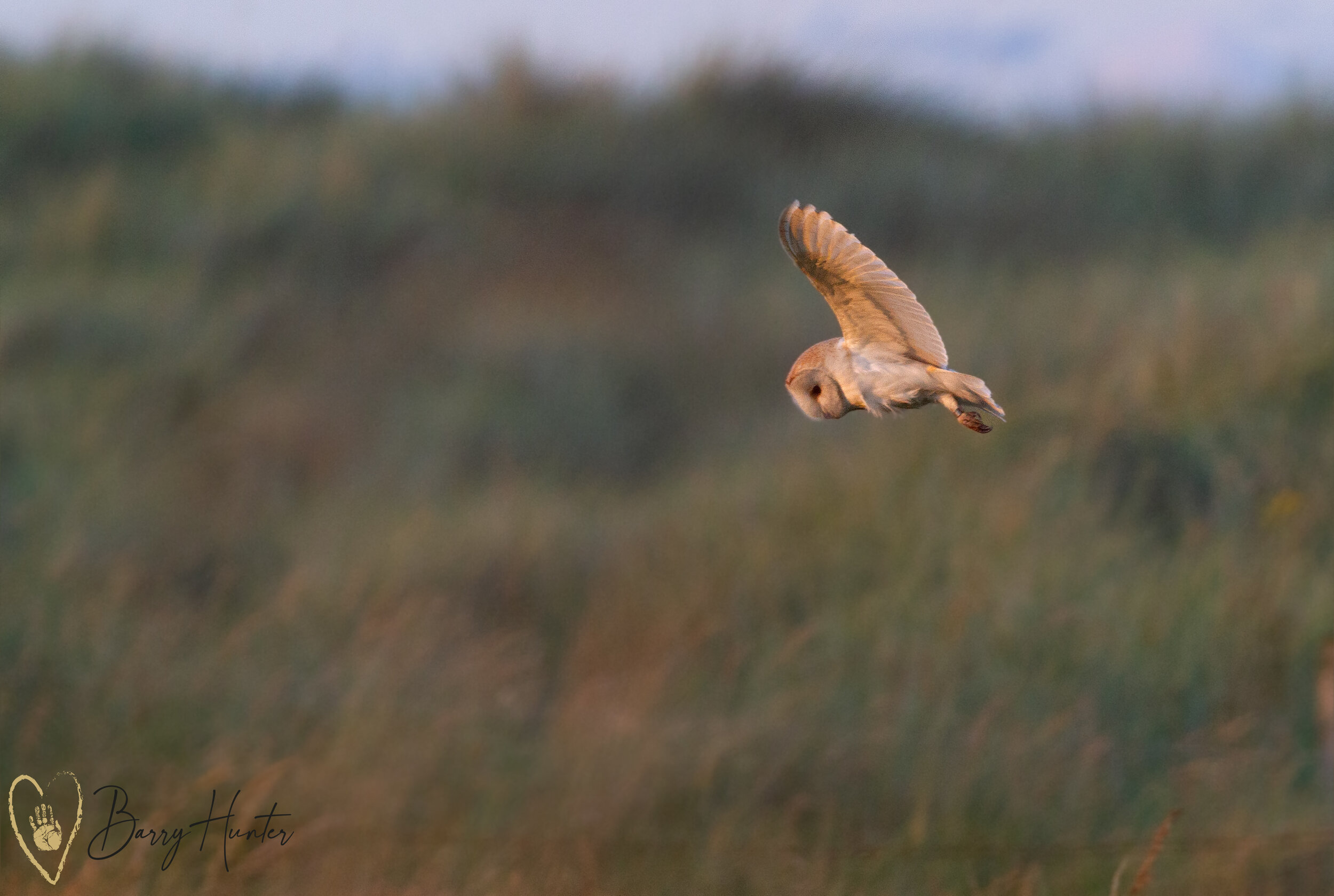
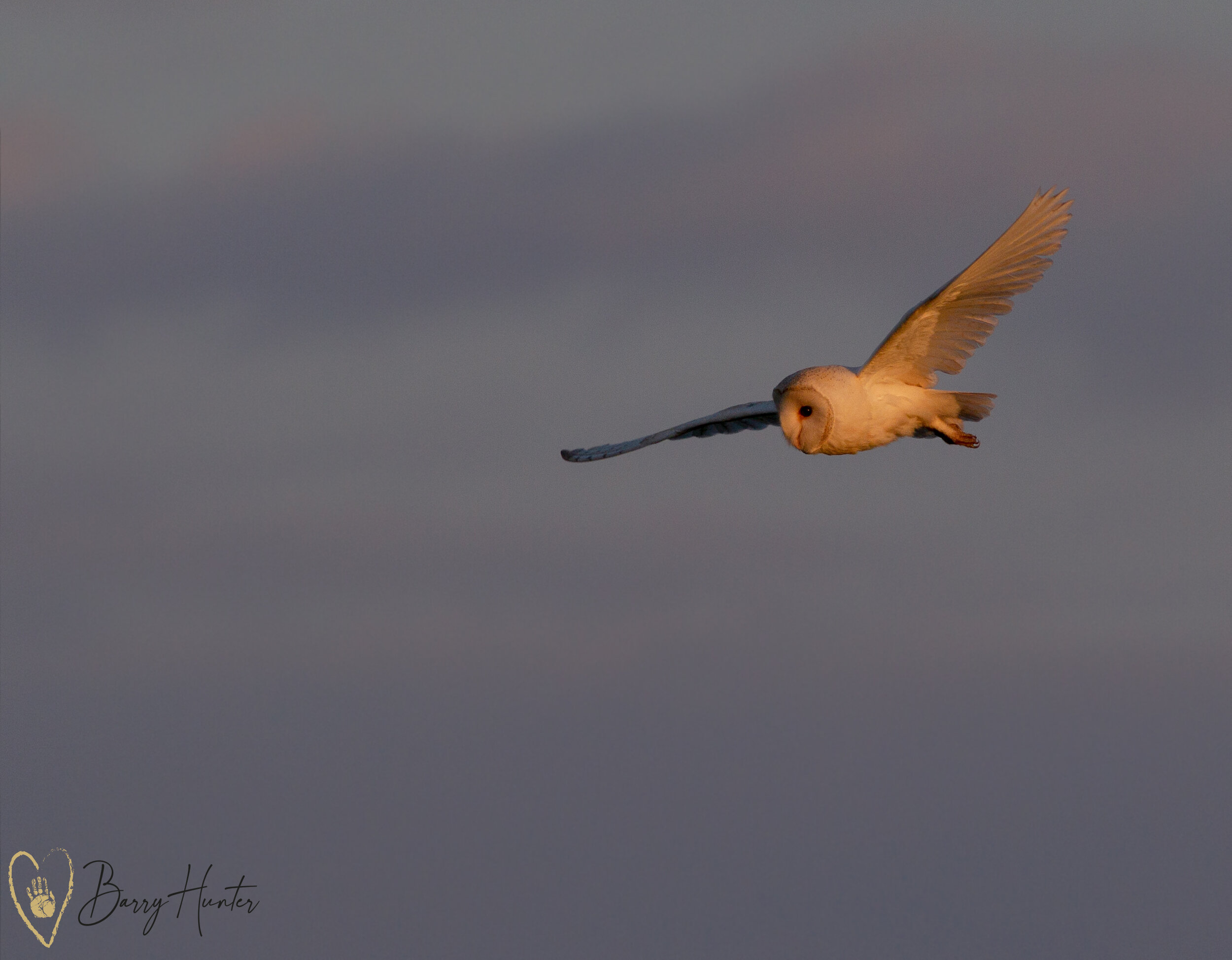
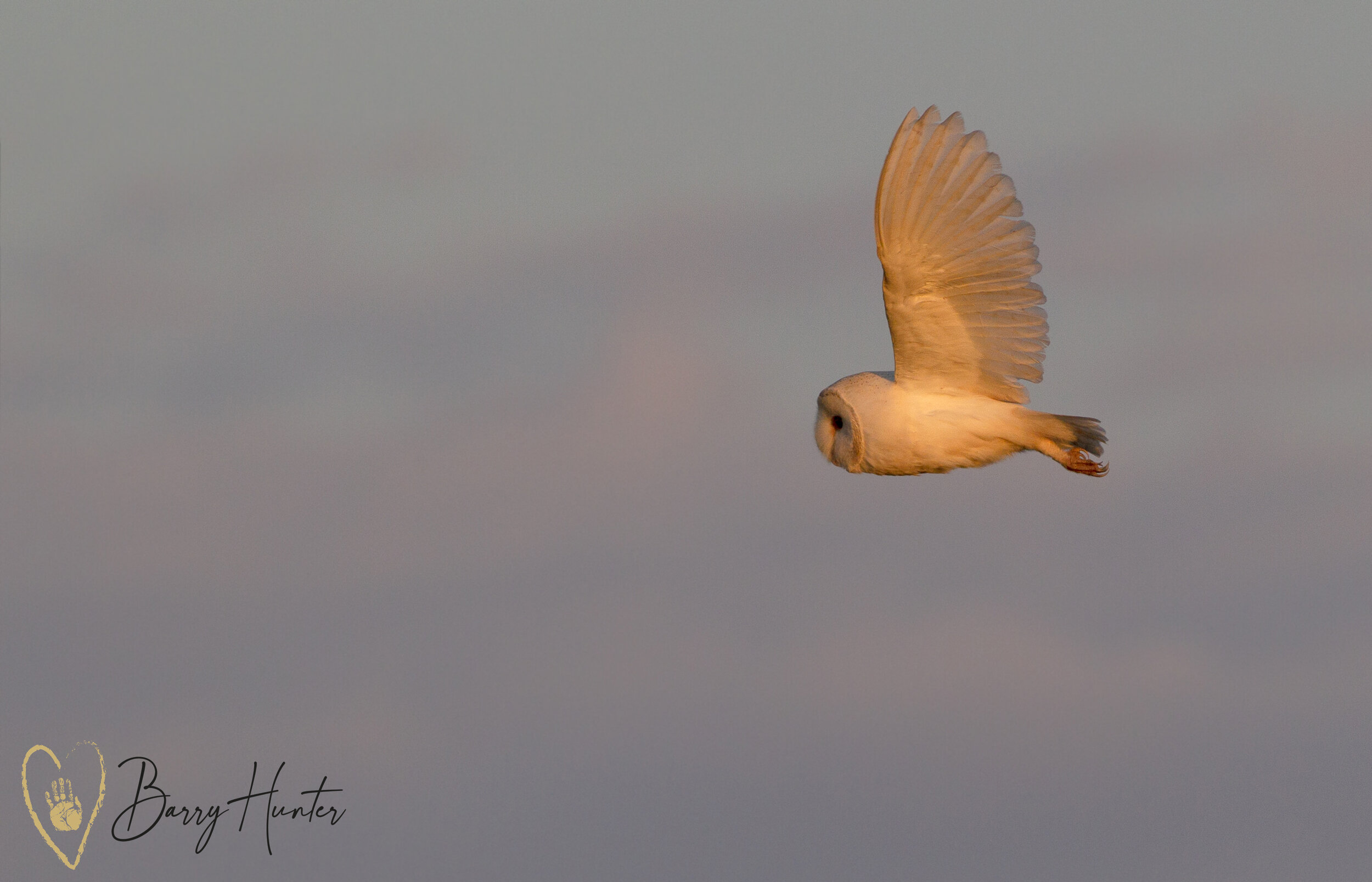
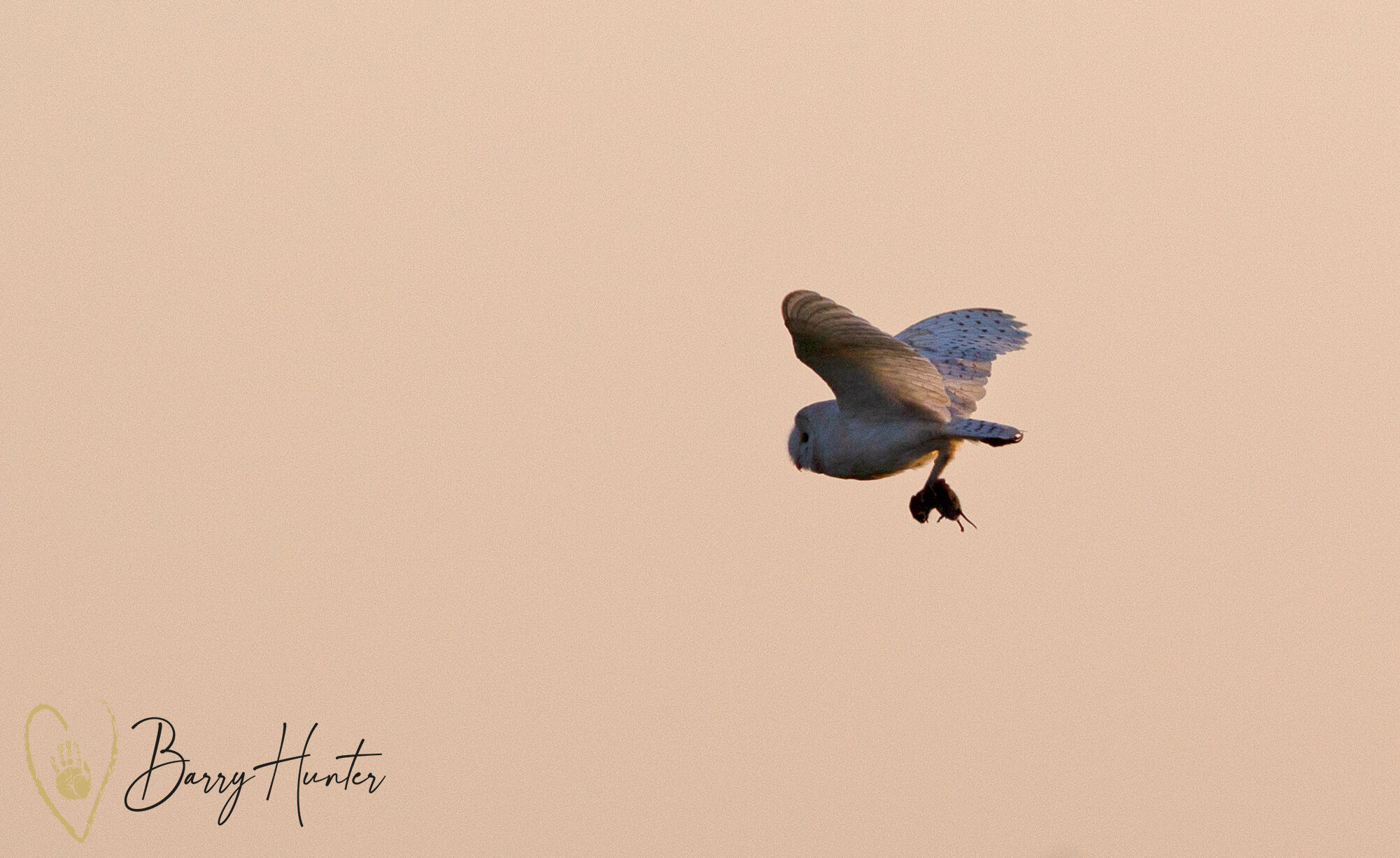
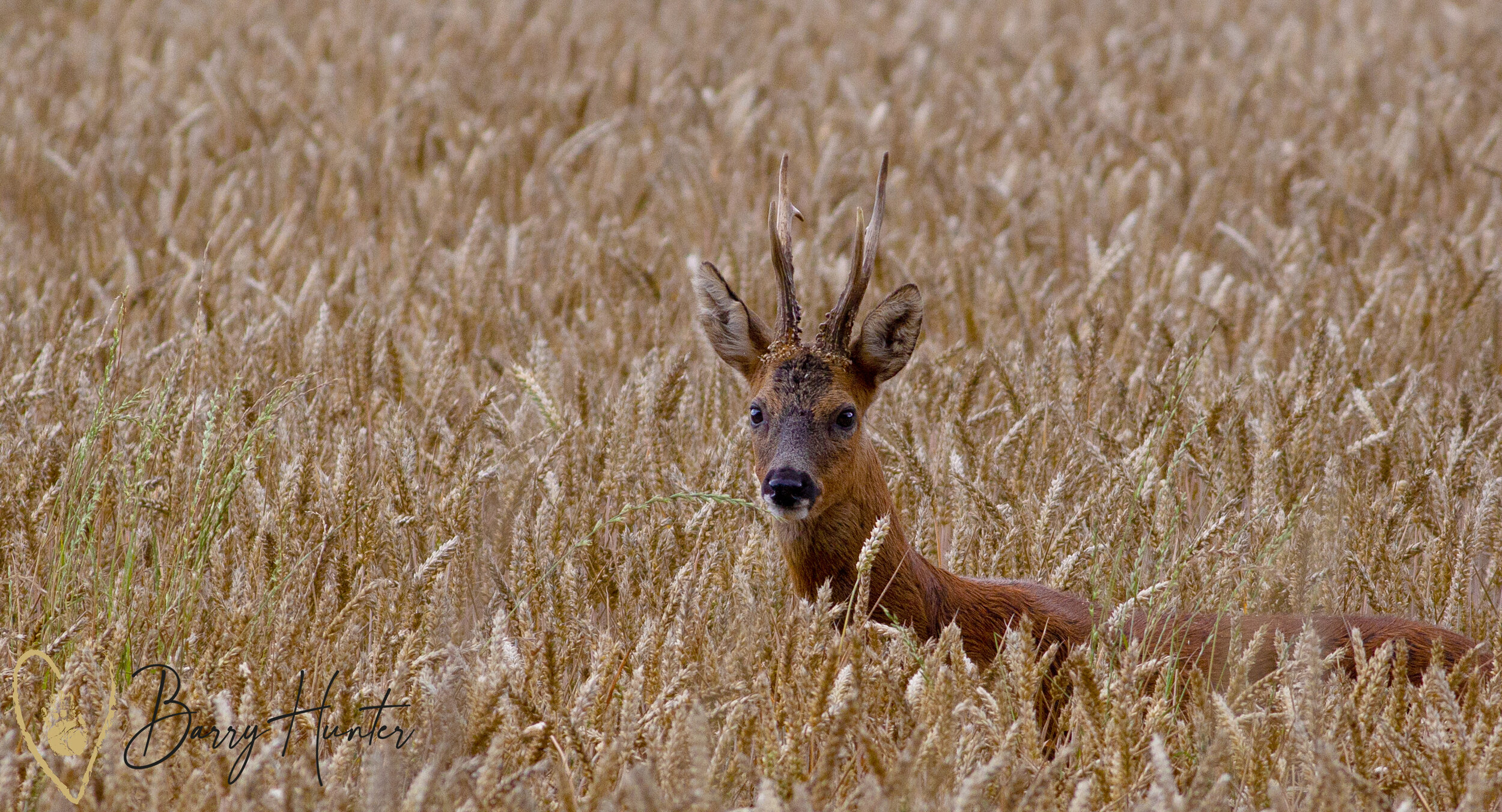
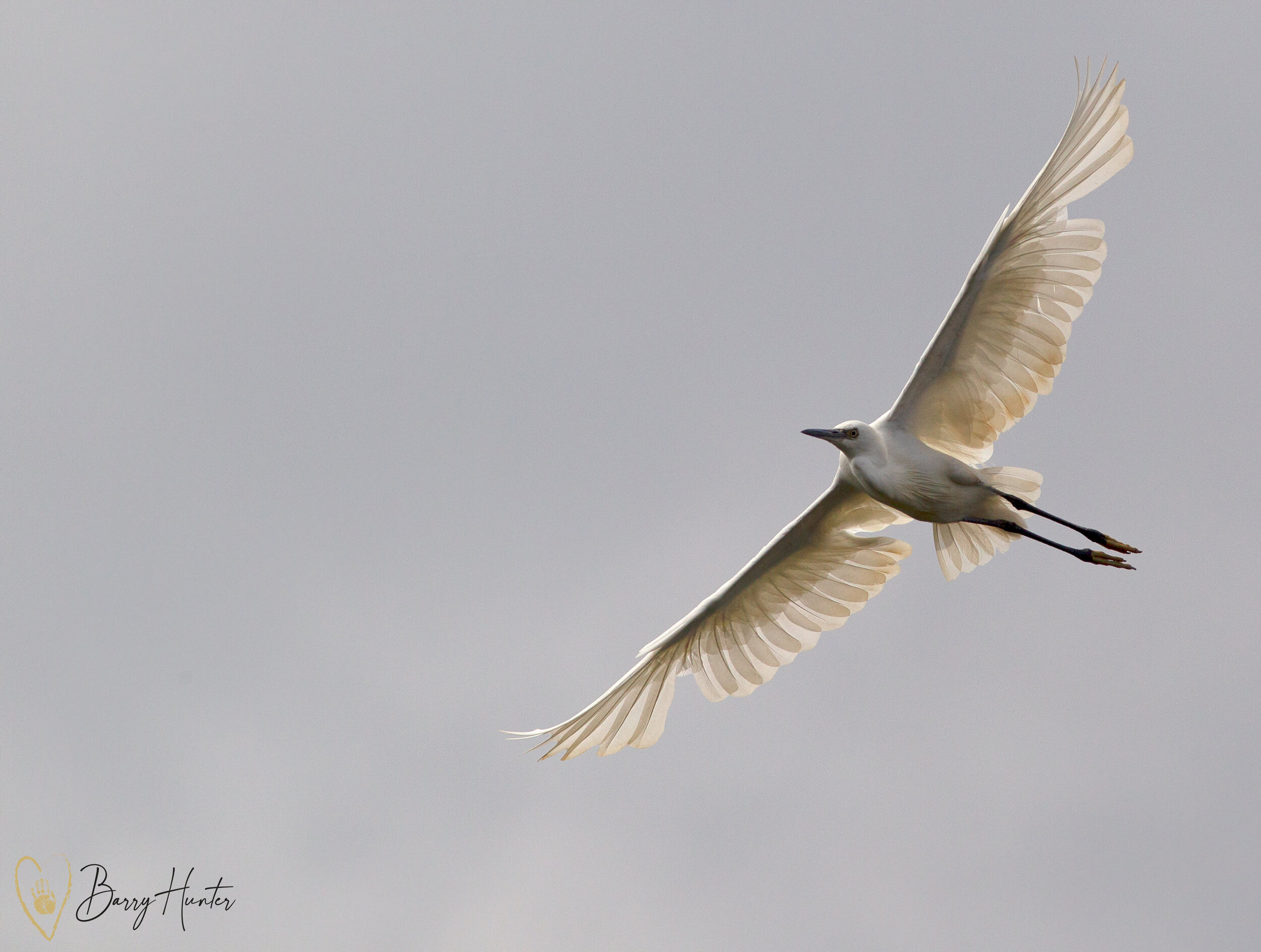
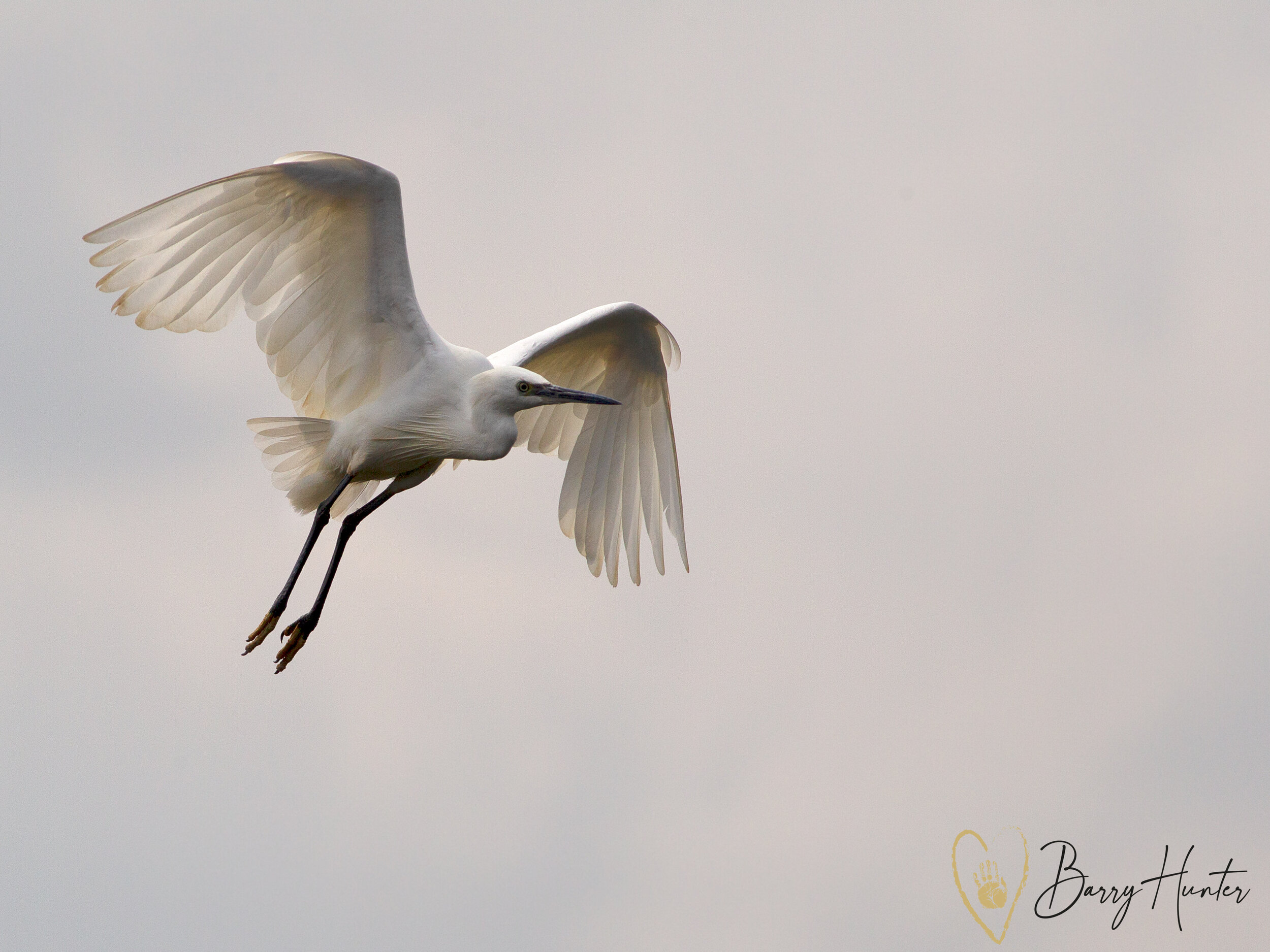
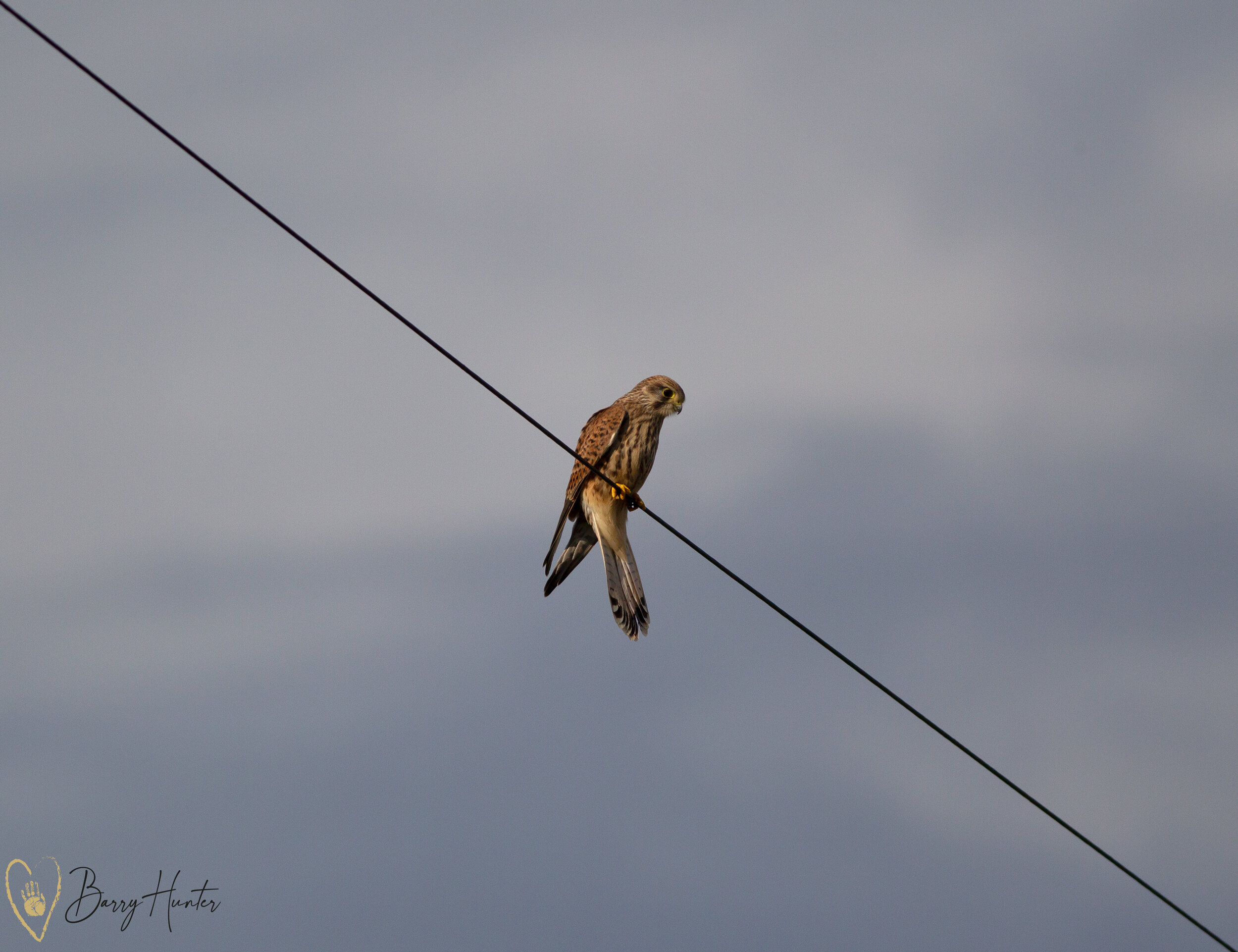
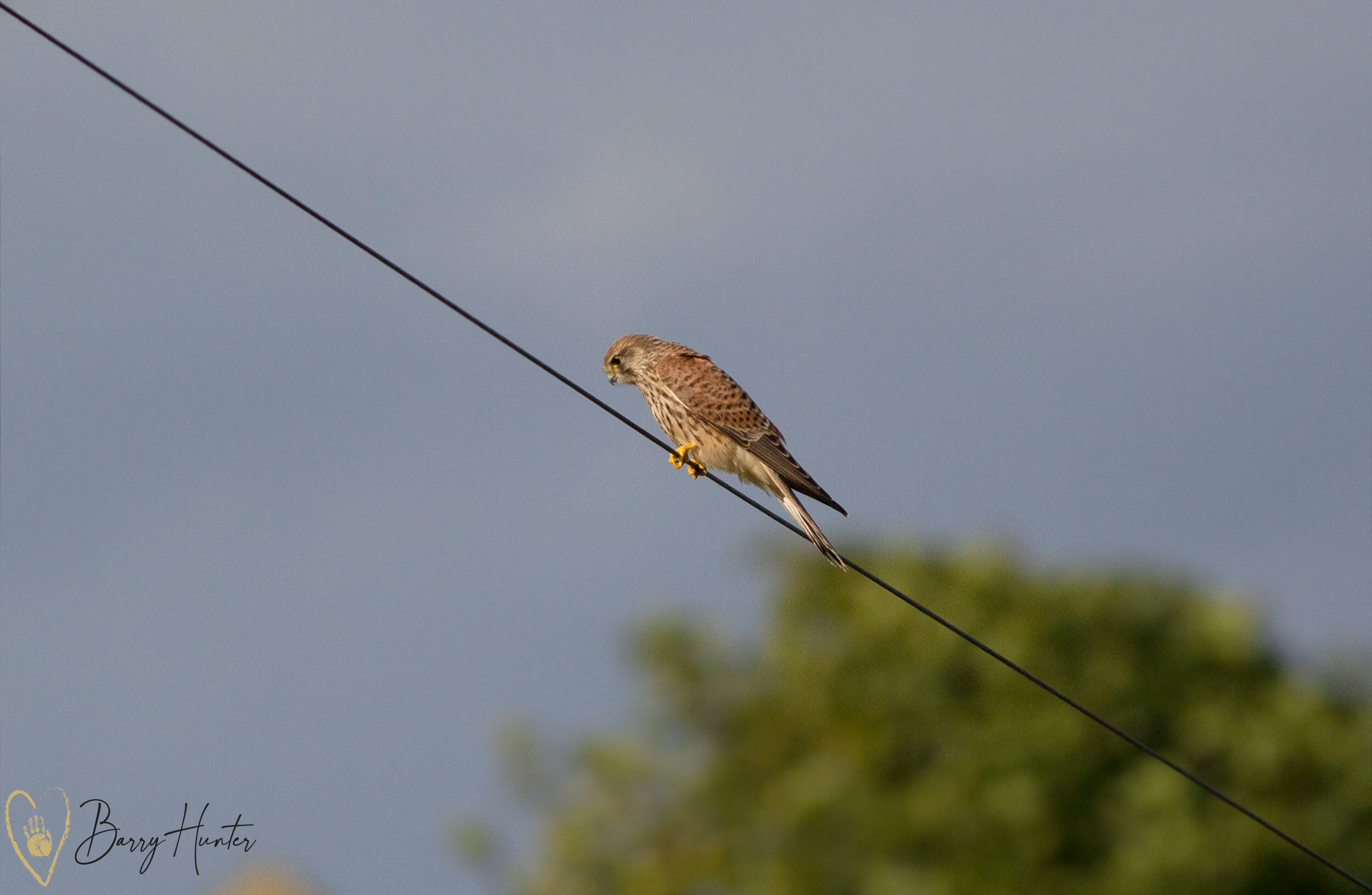
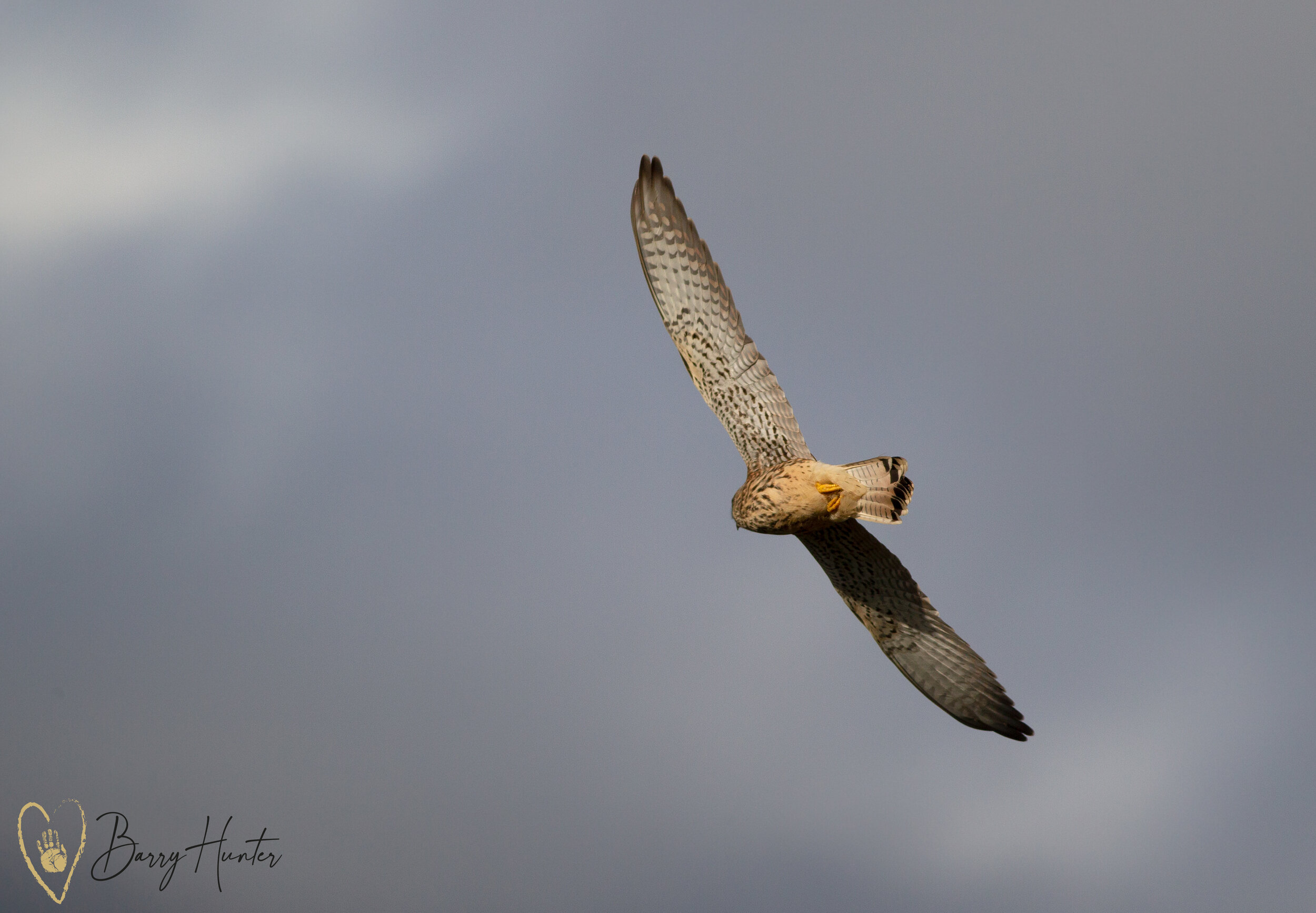
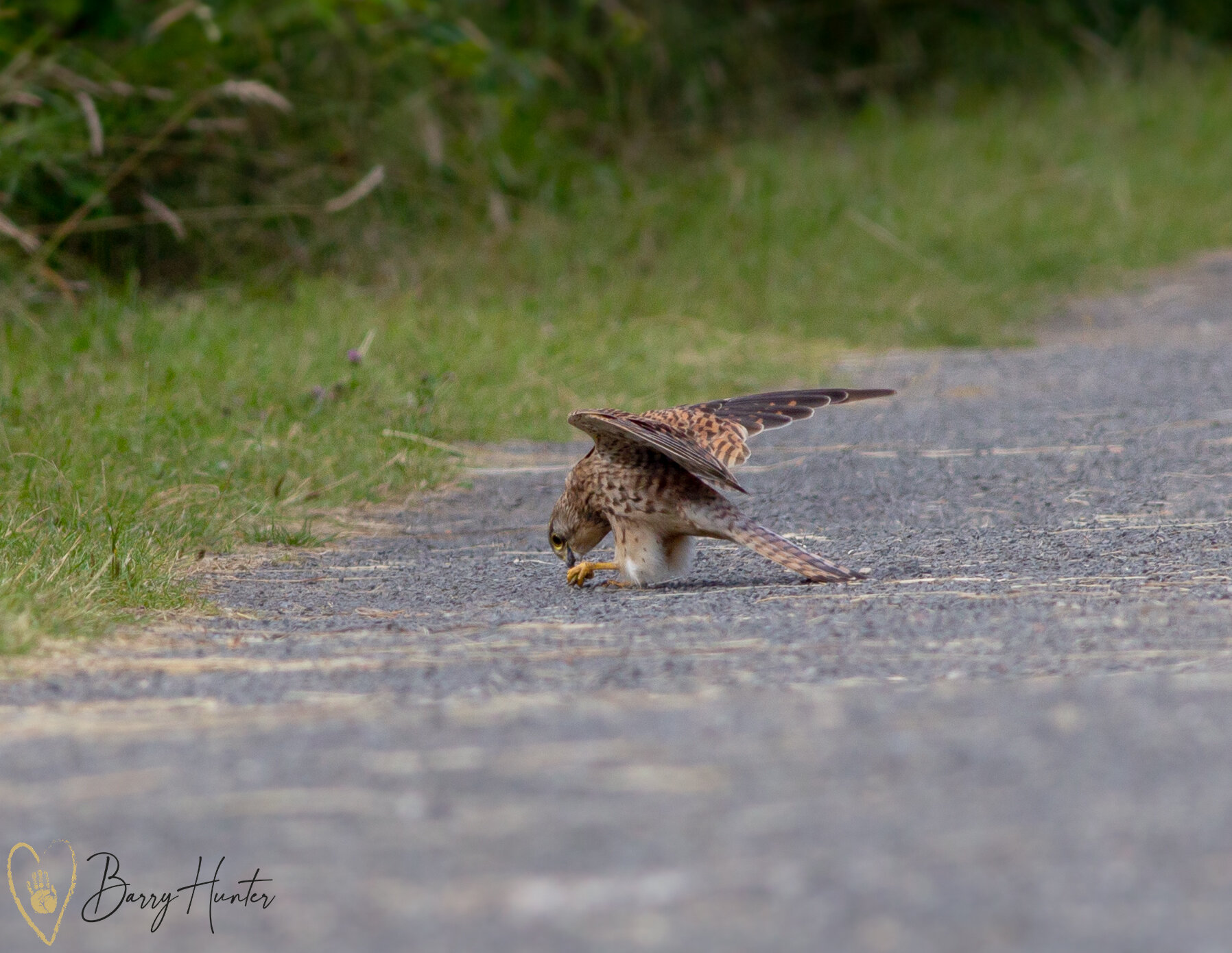
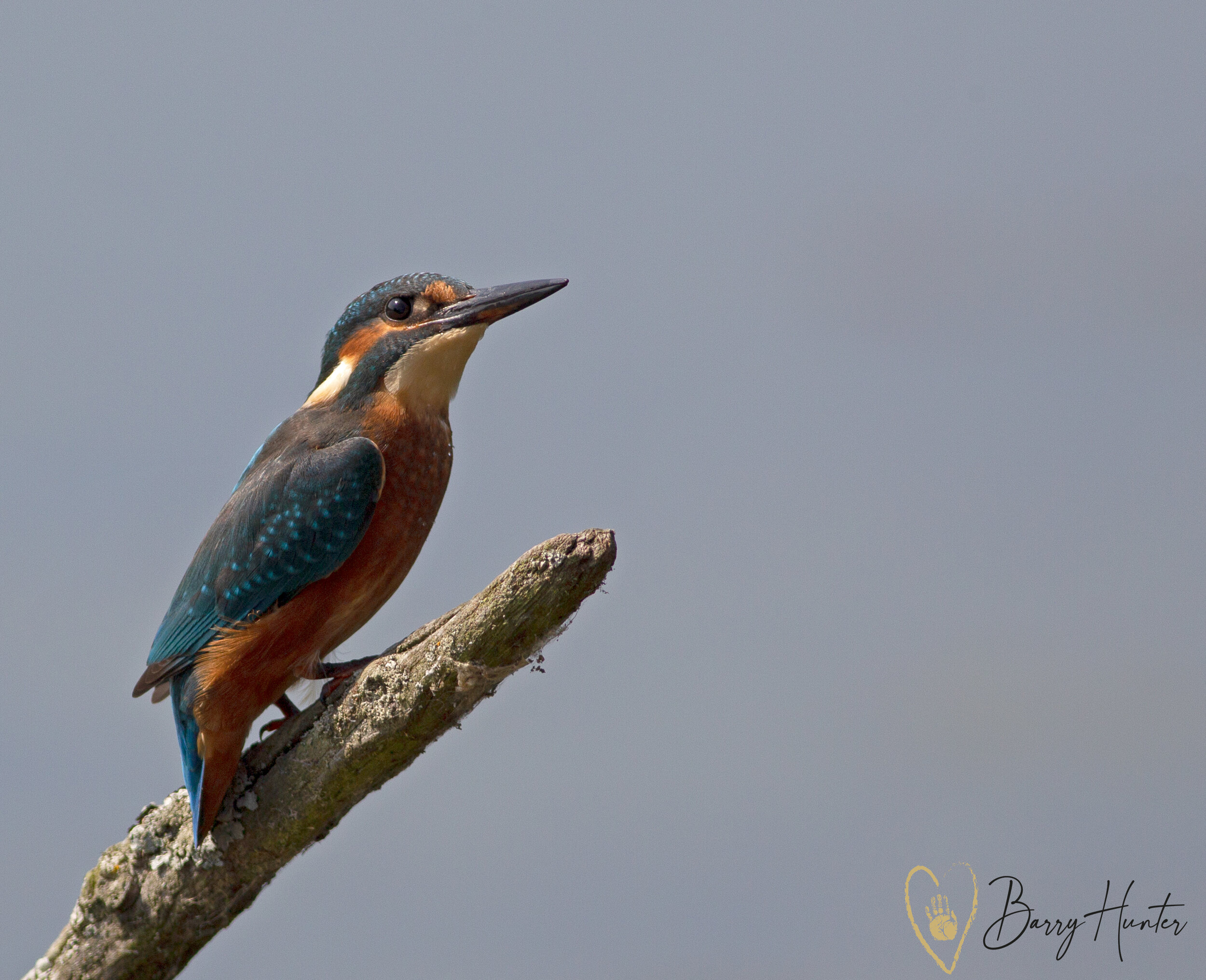
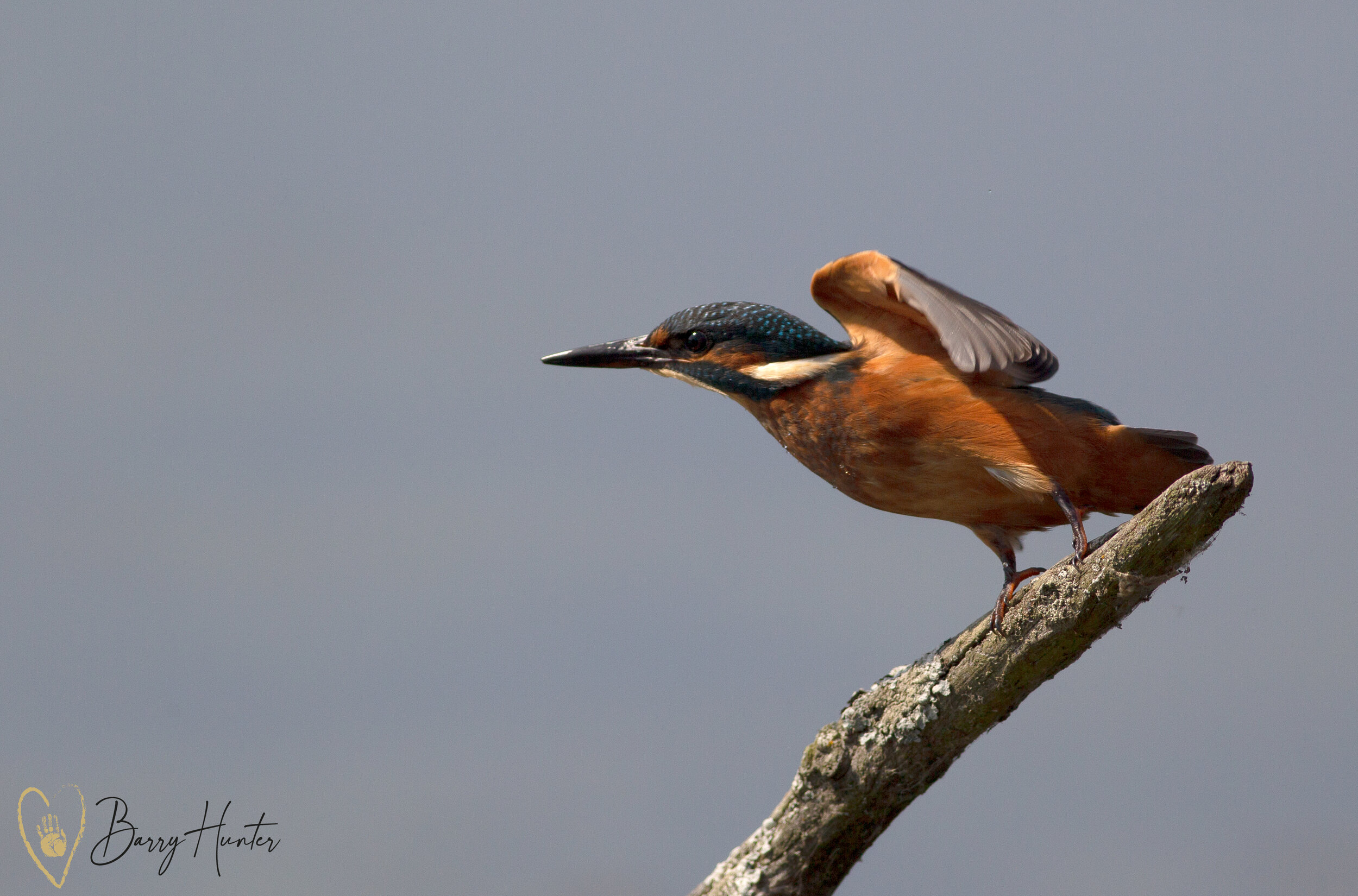
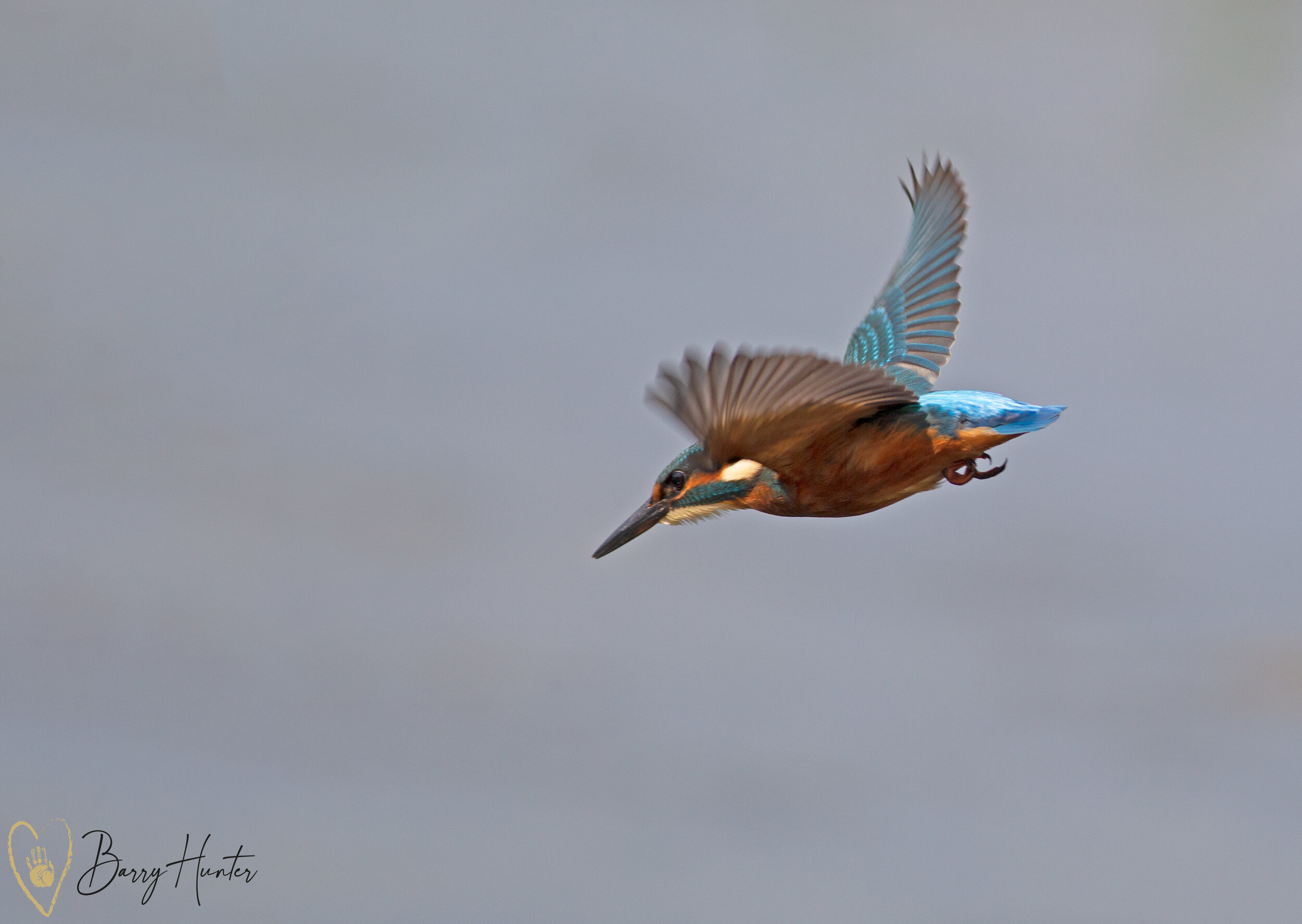

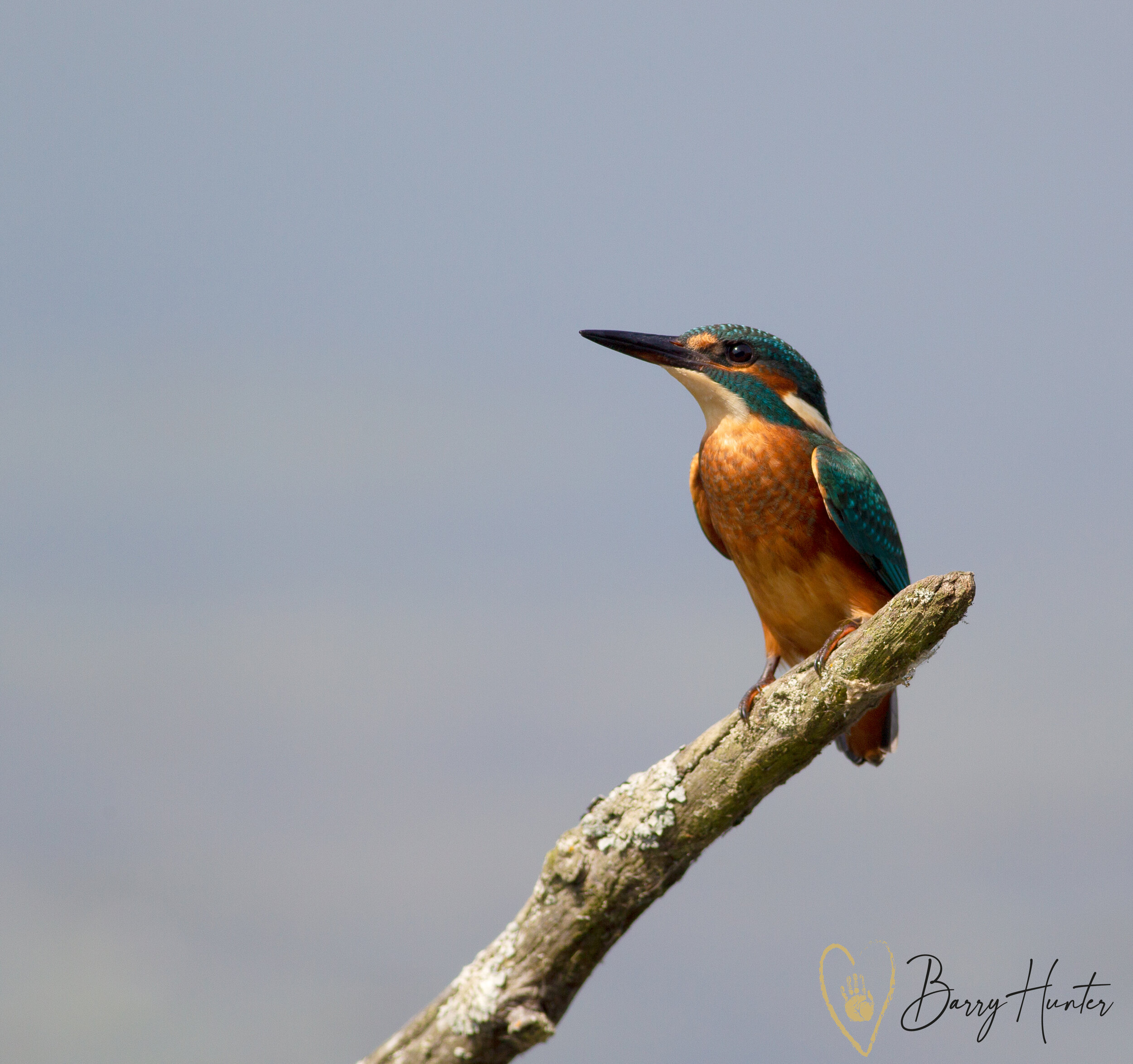

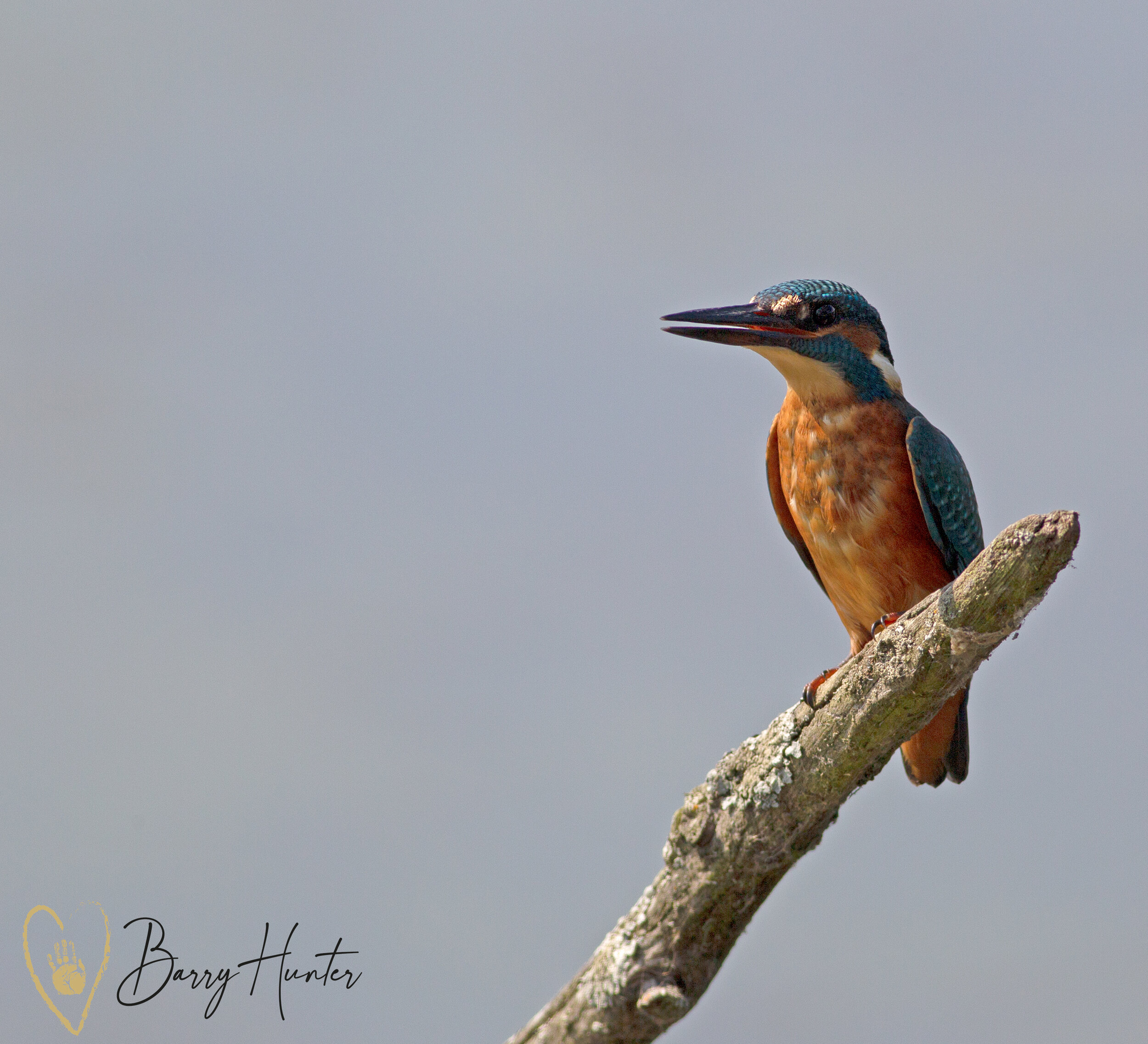
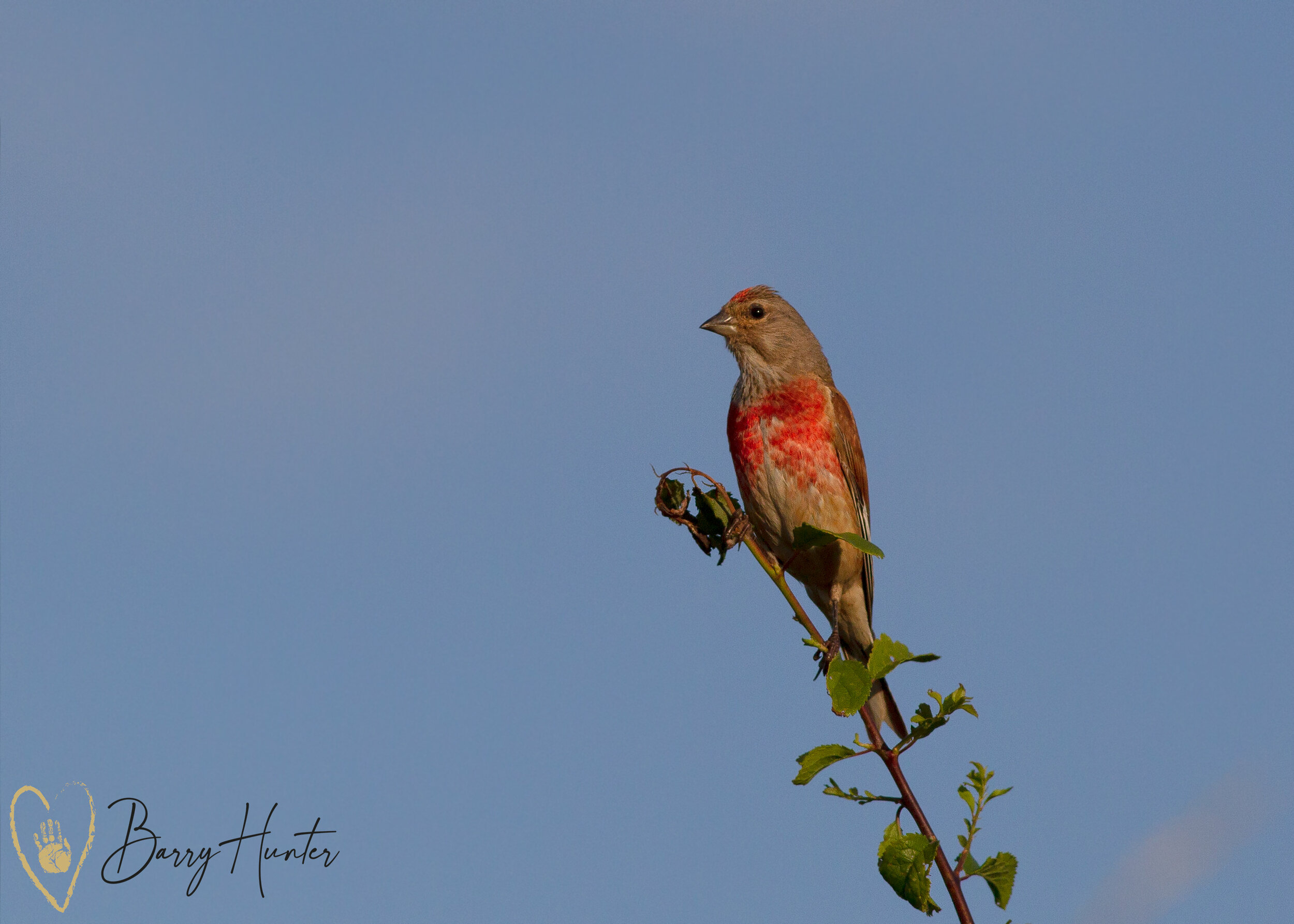
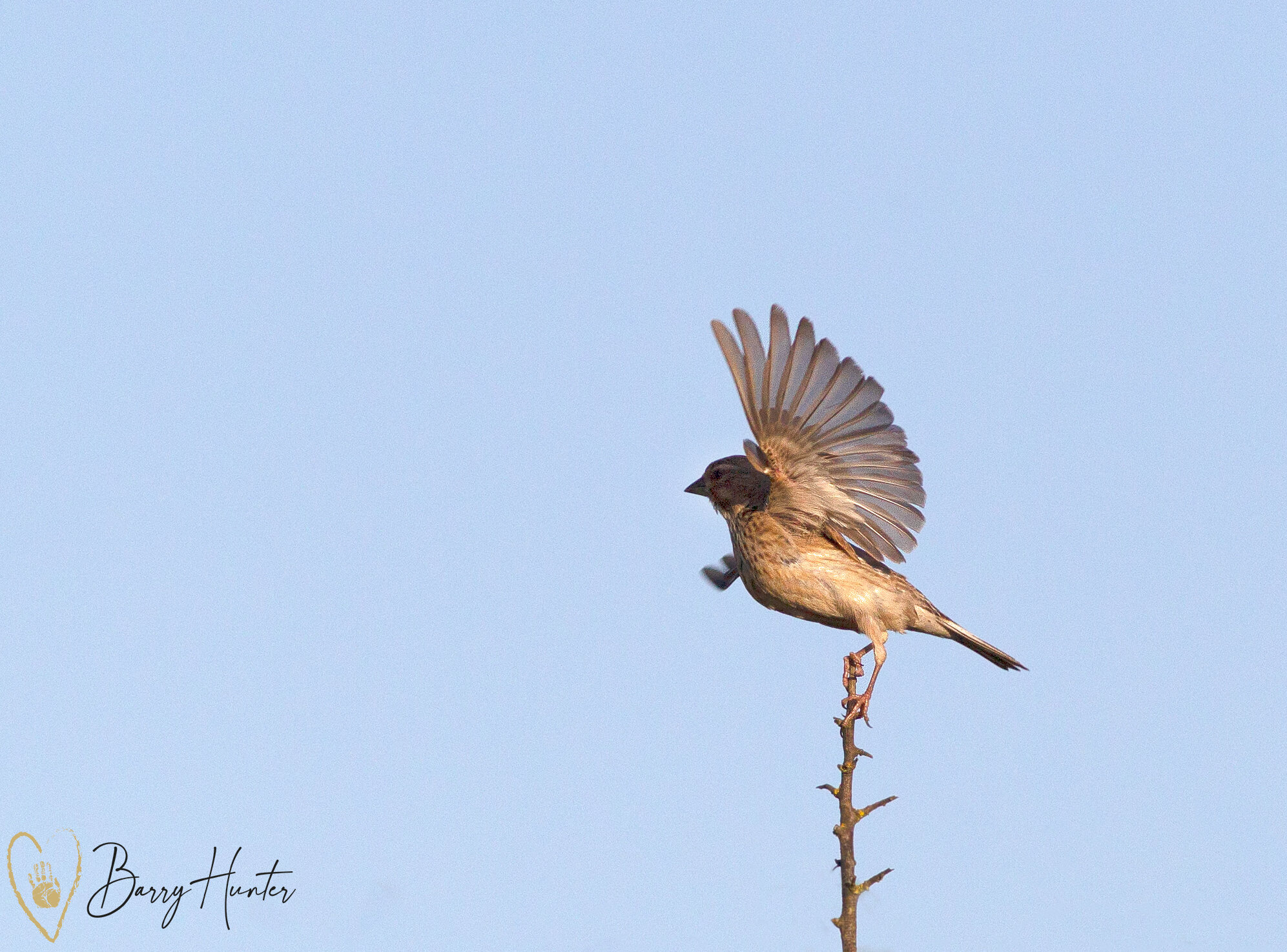

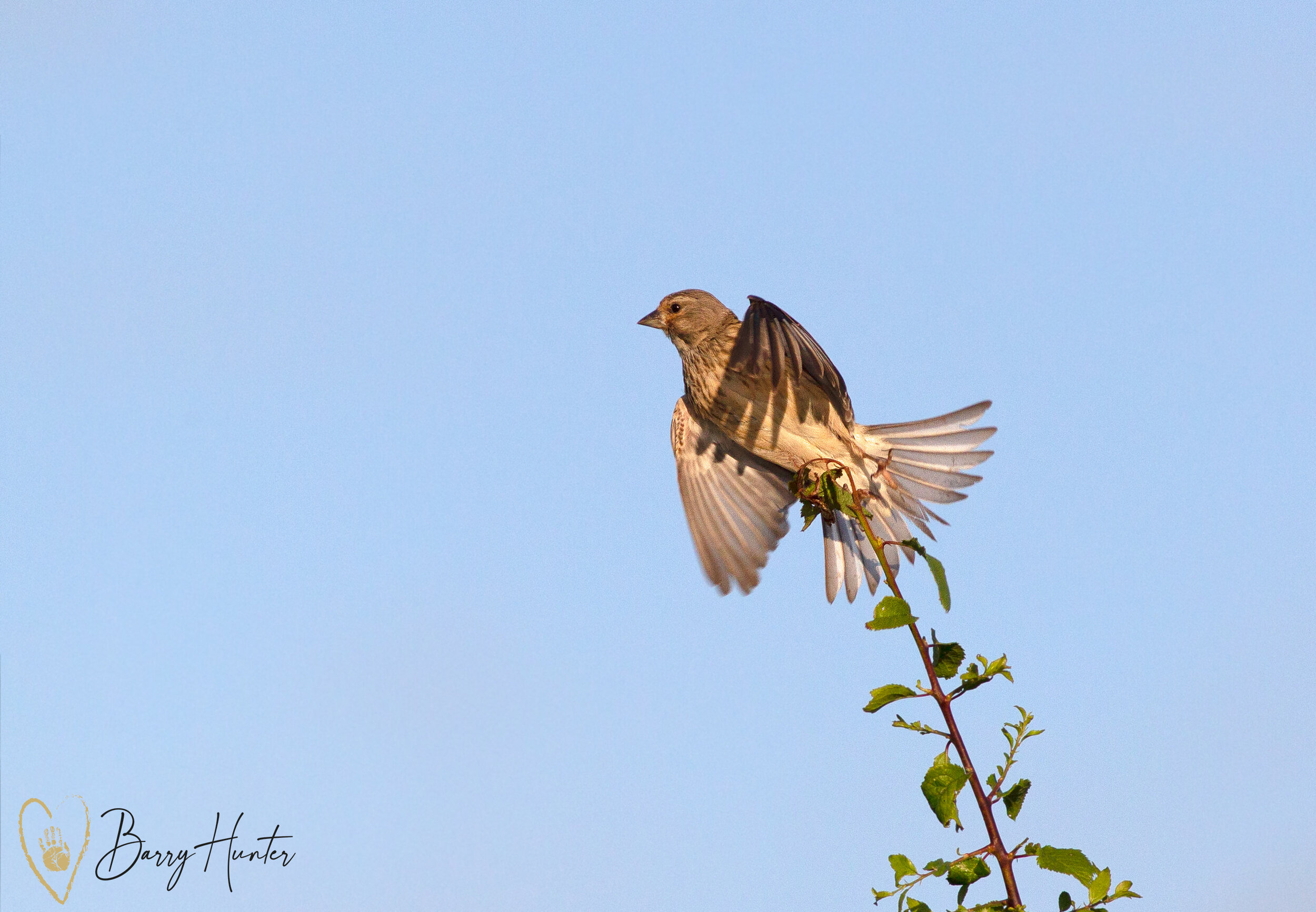
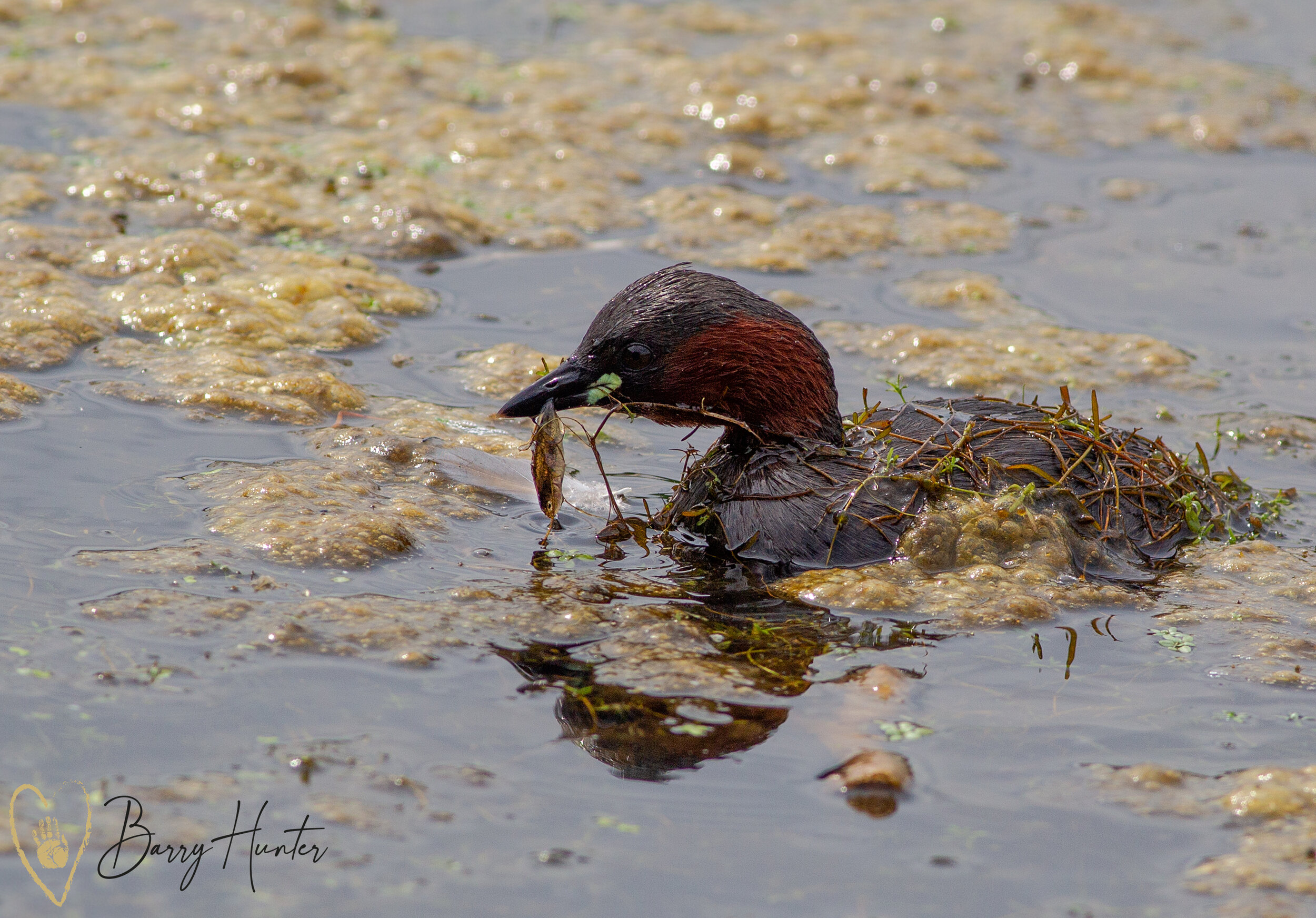
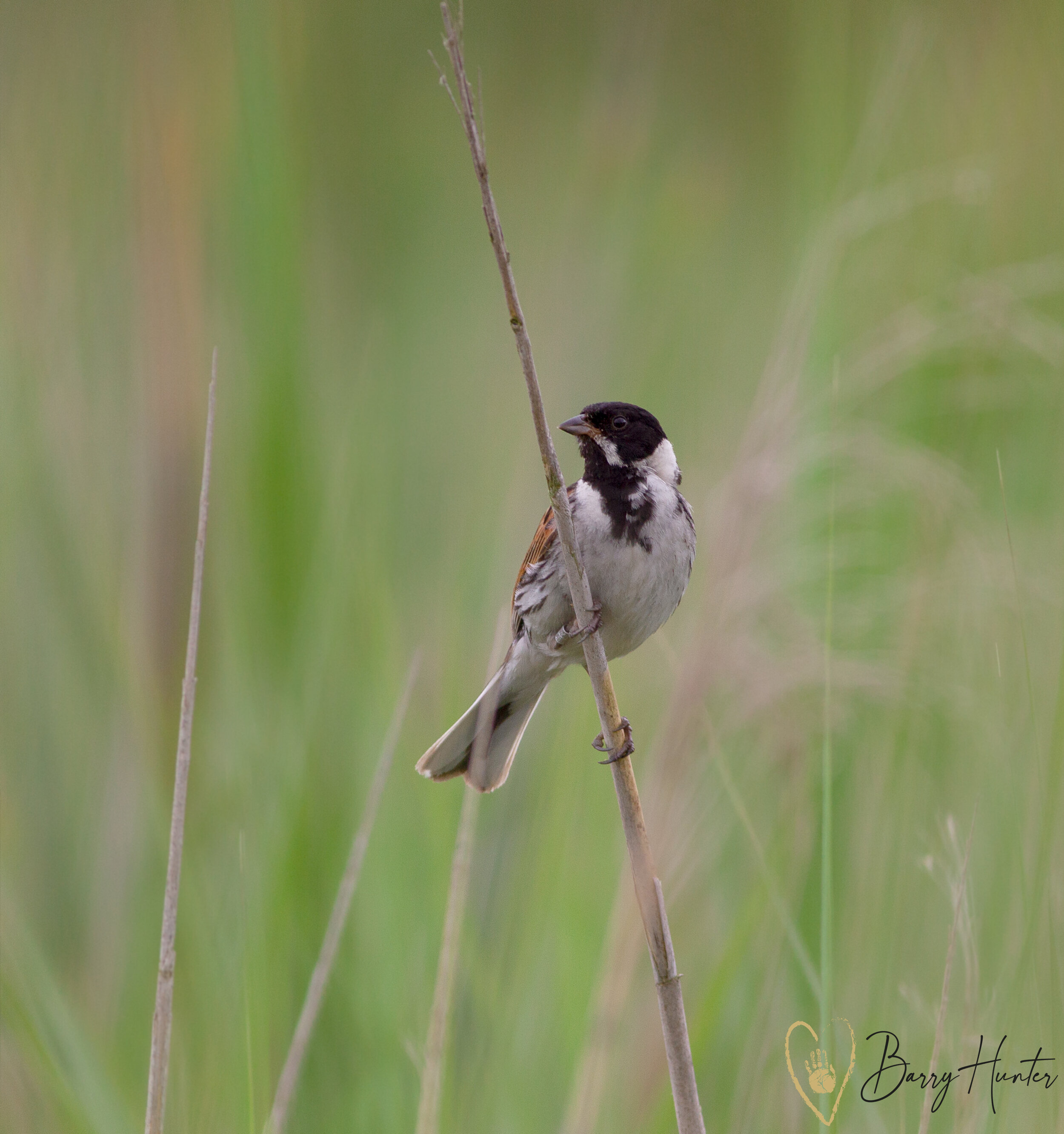

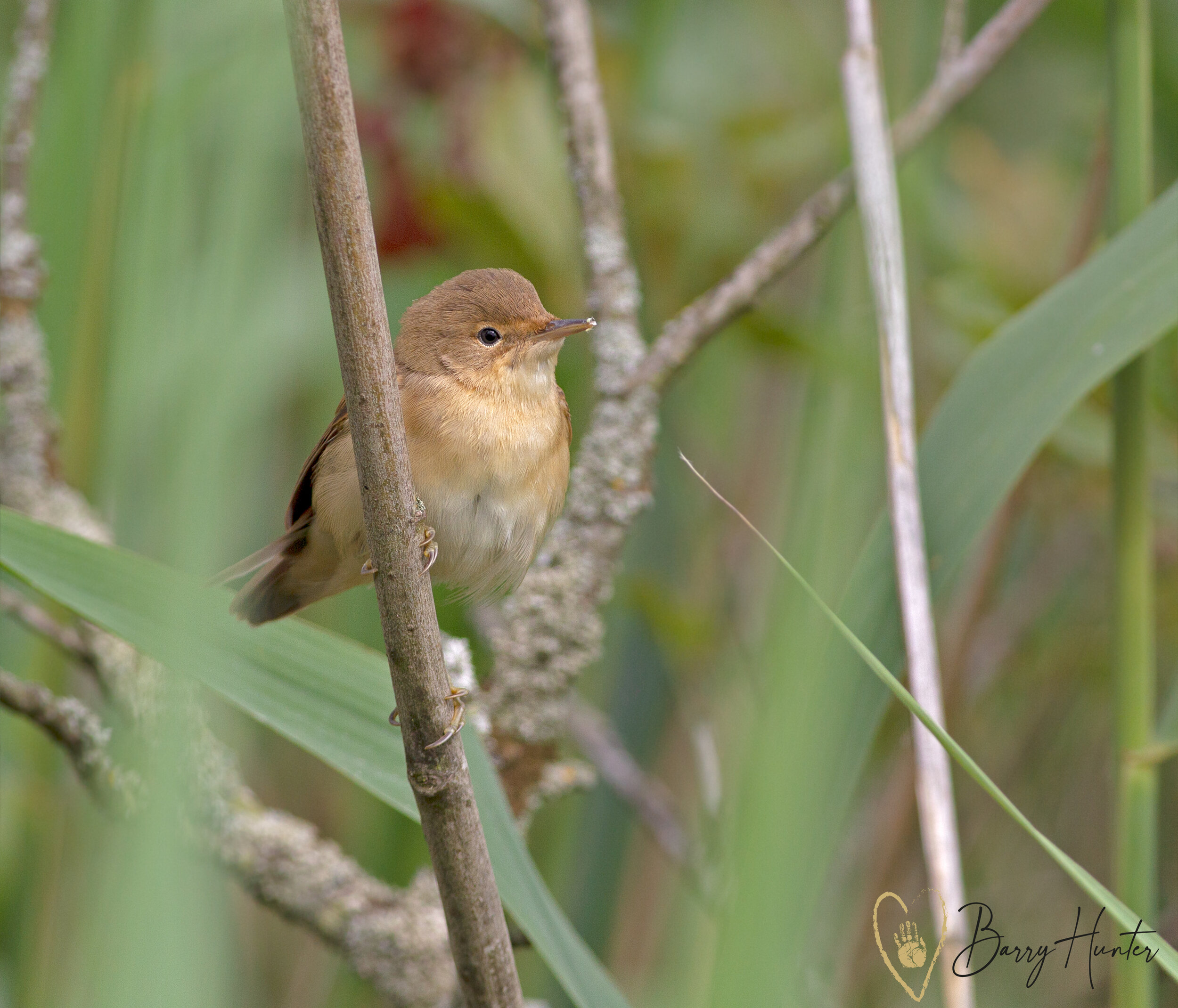
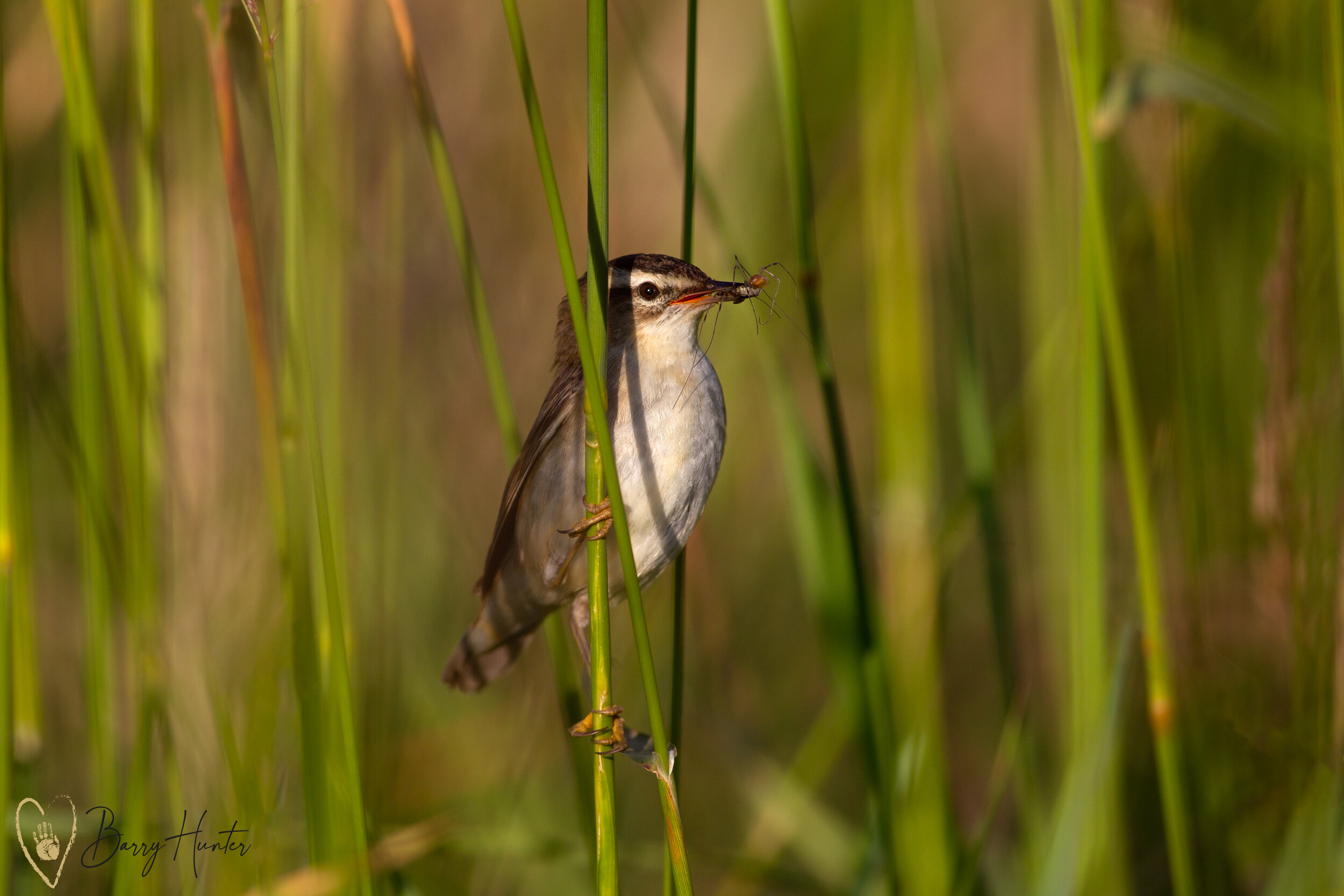
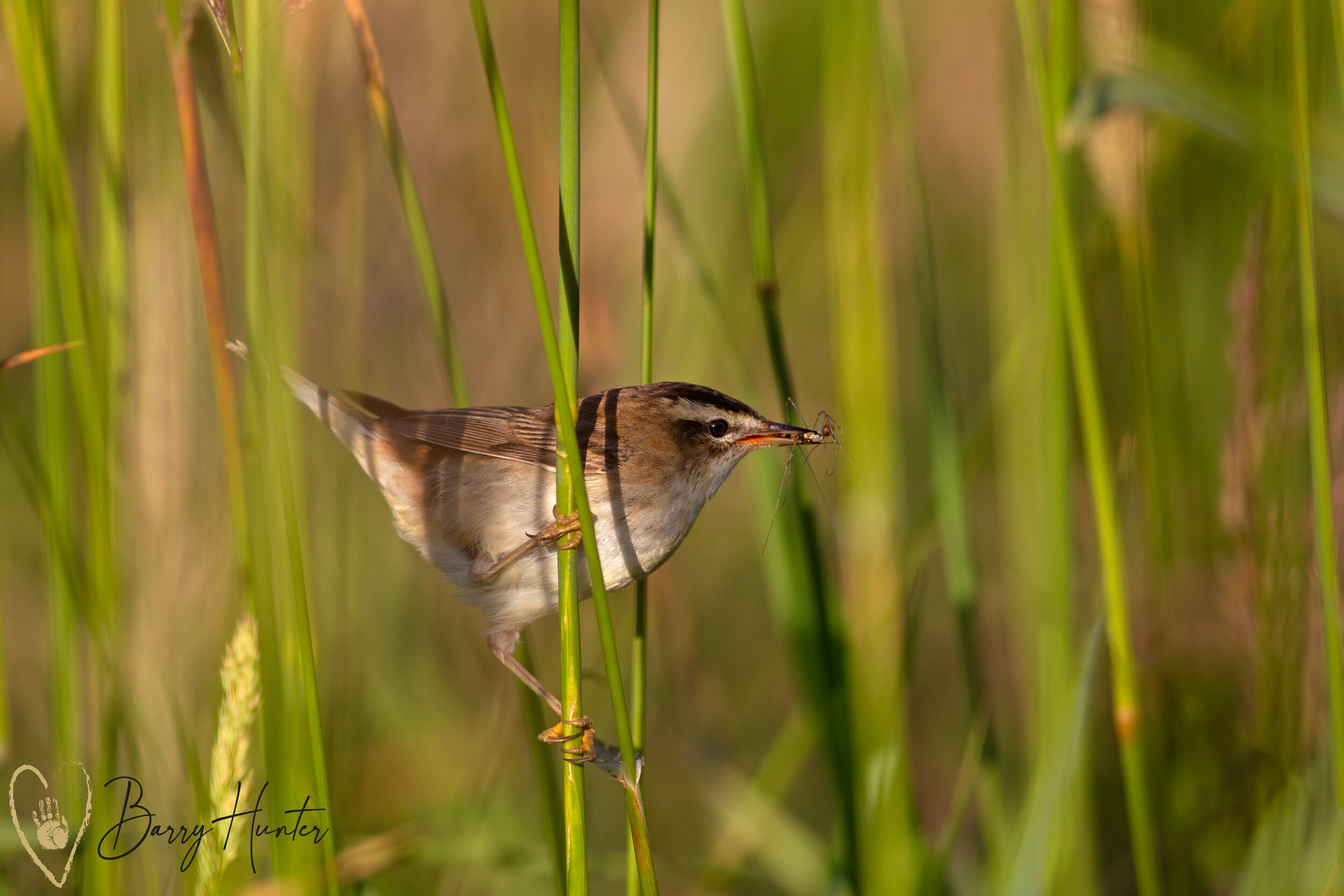
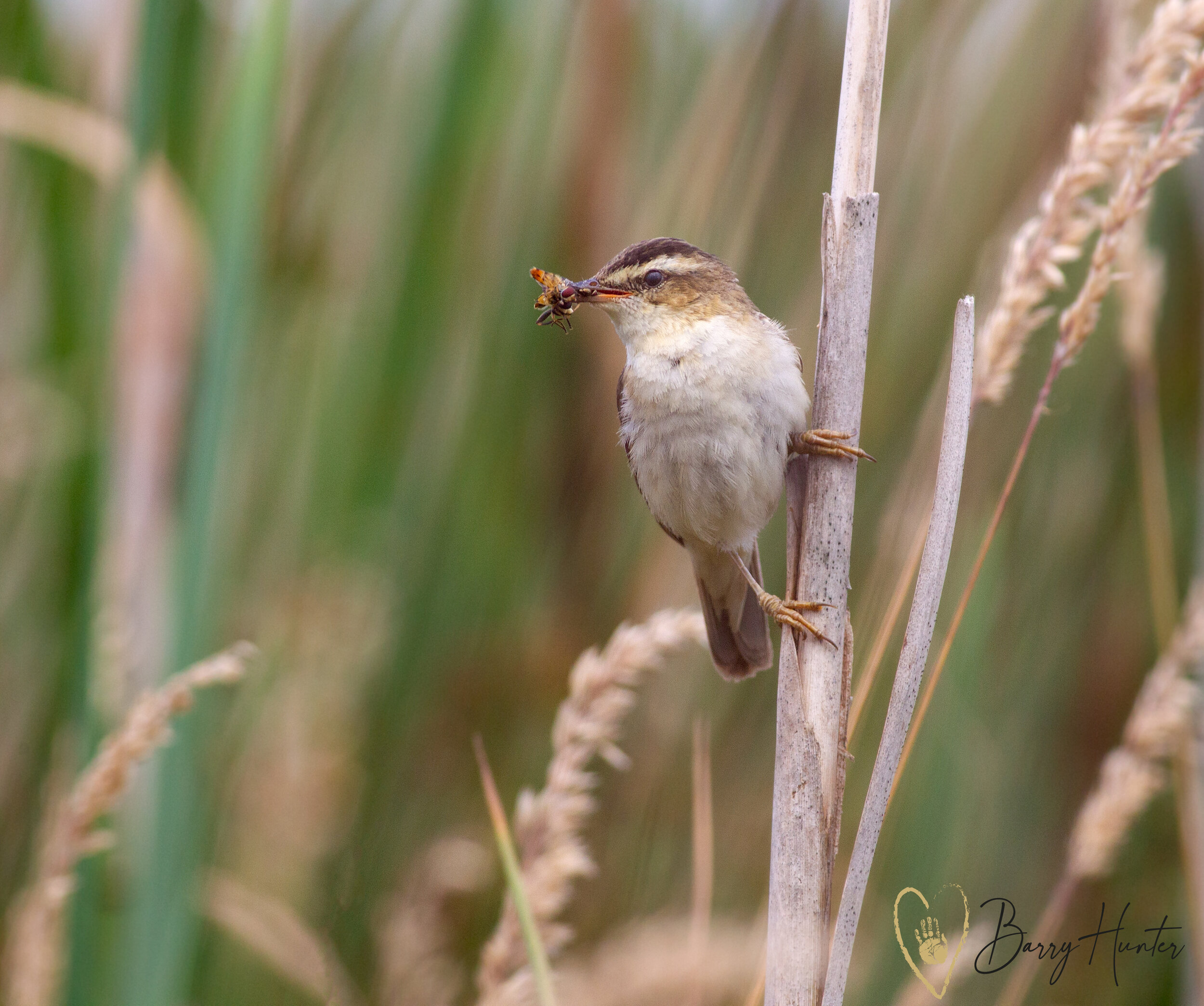
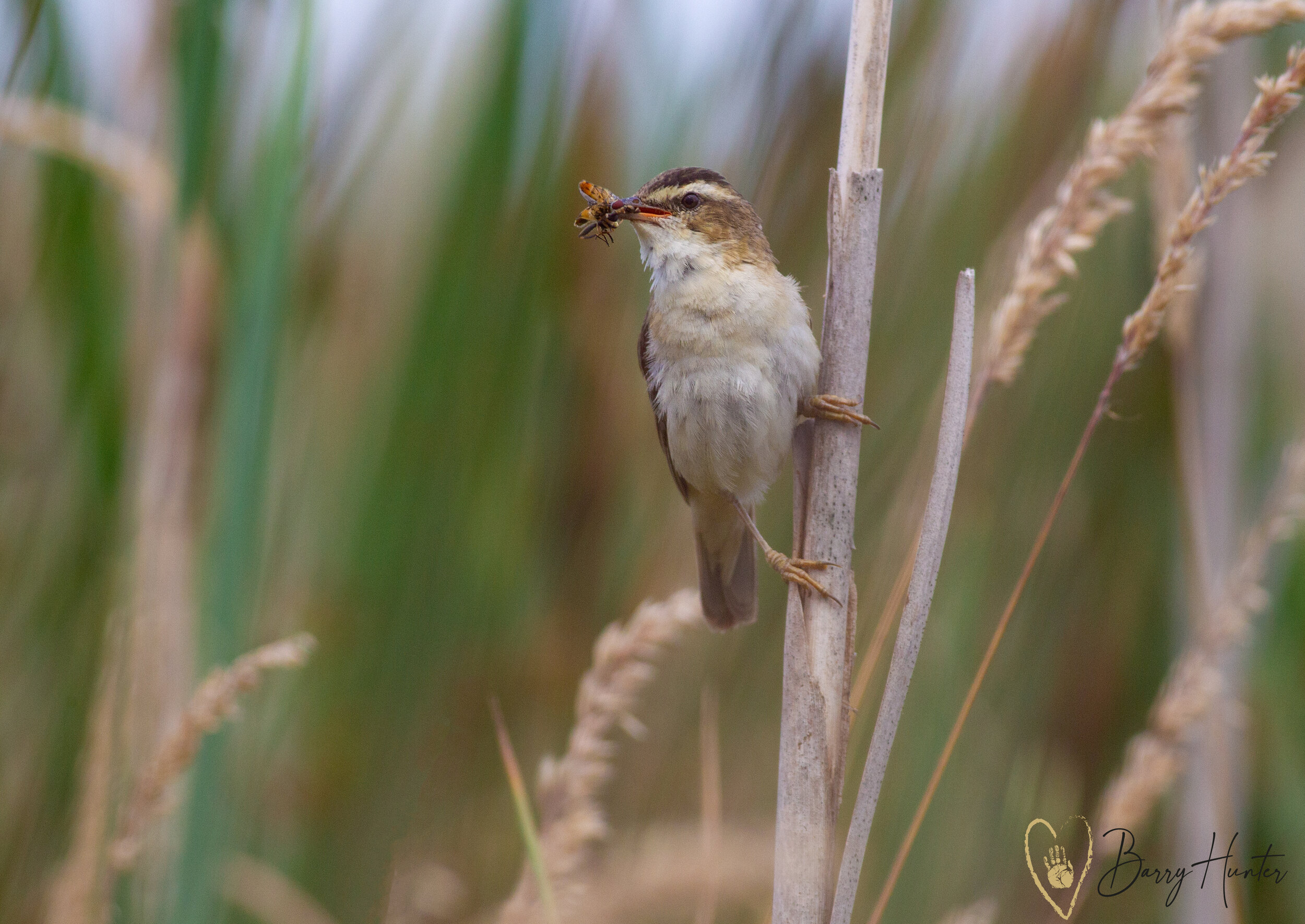
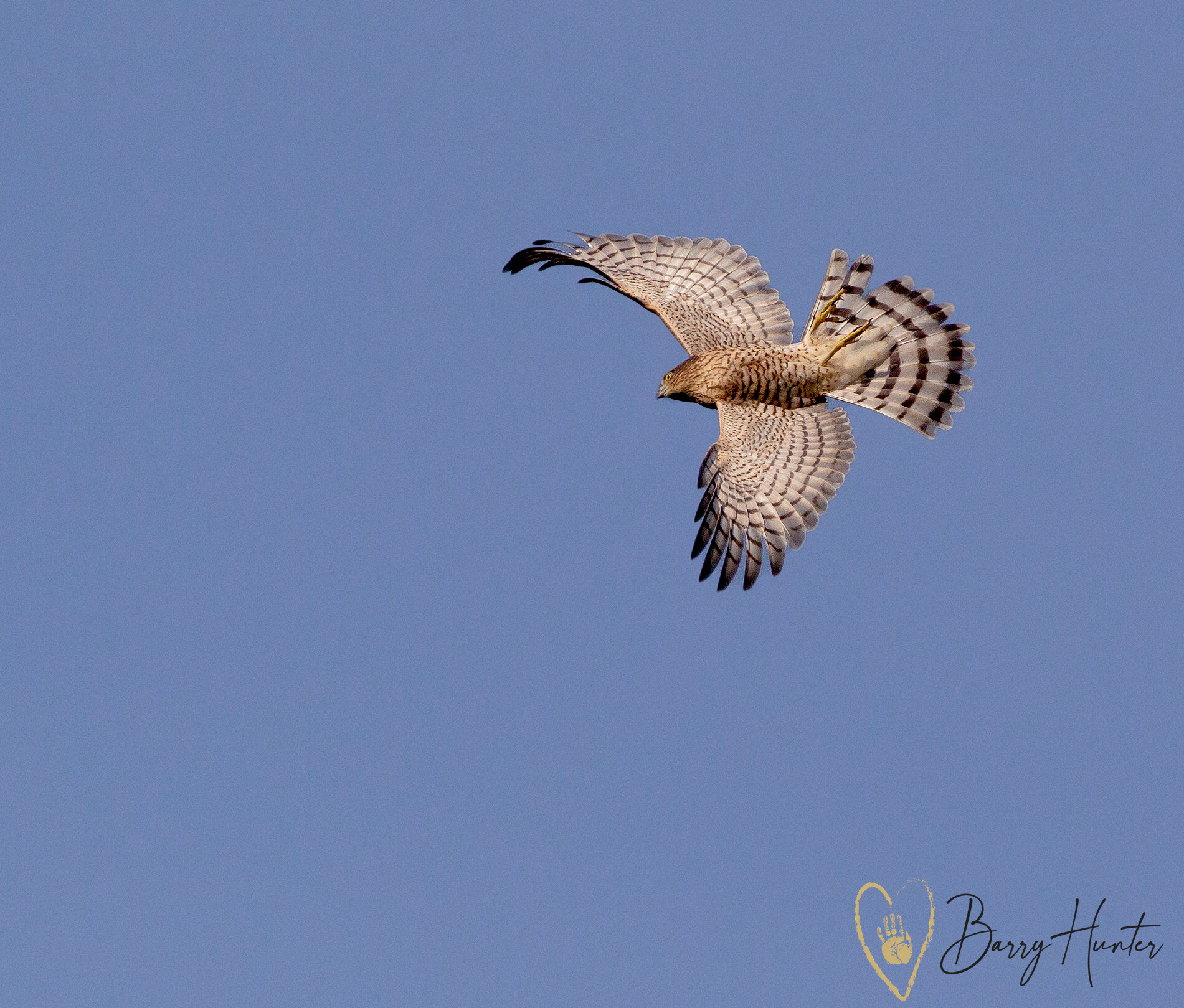
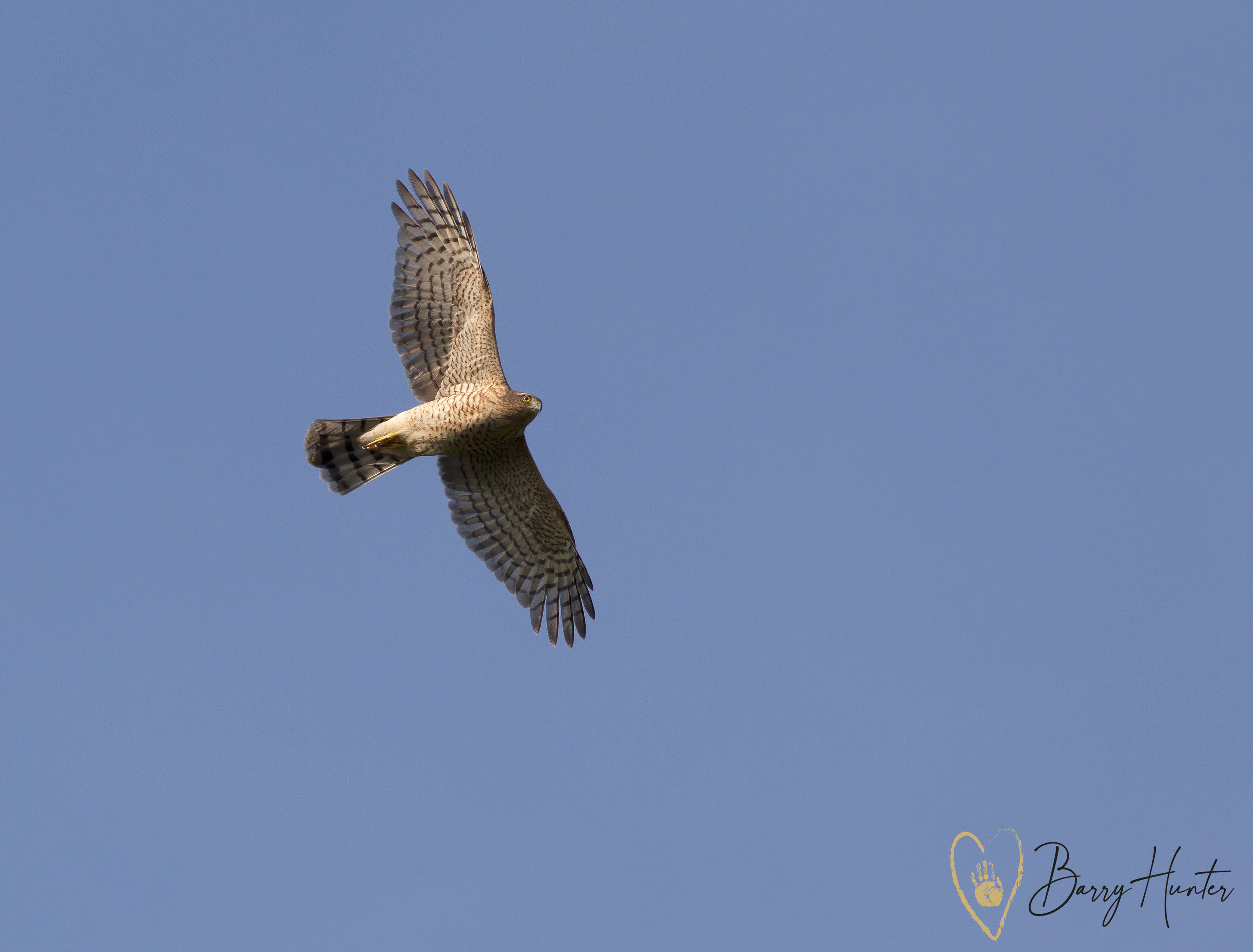
St Mary's Lighthouse
St Mary’s Lighthouse
Today I decided to take a walk along the coast at one of my favourite places as there were some nice blue skies and a gentle breeze to help keep me cool.
The lighthouse and adjacent keepers' cottages were built in 1898 by a local company from Tynemouth and It was built on the site of an 11th-century monastic chapel. The monks at the chapel maintained the original lantern. The light house has had several upgrades and changes and was decommissioned in 1984 and a few years later it was opened as a visitor centre and remains open to the public to this day.
The site has two car parks which are both pay and display but they give you access to the island and surrounding beaches. There is also a small nature reserve between both of these car parks. The site has been a Conservation area since 1974 and a local nature reserve since 1992
The reserve is popular for waders and sea birds such as Curlew, Dunlin, Knot, Oystercatcher, Purple Sandpiper, Redshank, Golden and Ringed Plover and Sandering and also Rock and Water Pipits, Skylark, Lapland and Snow Bunting, Shore Lark, Reed bunting and white throat.
I spent a couple of hours walking around the grasslands and reserve chatting to people as I went. I managed to take a couple of photos before a thick fog rolled in. My favourite shot was the male reed bunting chirping away in the sunshine. See below.
Male Reed bunting :: Canon EOS 1D Mark IV :: Canon 400mm f5.6 L :: ISO 200 :: F5.6 :: 1/2000
Shortly after I captured this image a thick fog began rolling in and soon St Mary’s lighthouse began to disappear. This was my cue to head back to the car and call it a day.
Thick fog rolling in.
If you’re planning a visit for the first time you might find the below info helpful.
Map Reference
NZ 353 755
Habitats
Coastal
Wetland
Grassland
Access
There is free access to the coast and beaches. However access is limited for wheelchair users.
Facilities
There are toilets in the main car park closest to the light house. There is usually a refreshments van in the car park however there are plenty of cafes locally in whitley bay.
You can find more information on the north tyneside website.
Click the button below.












































